
Okay, lemme paint a picture… you head out for a shoot you’ve been so excited for. You sit down in your driver’s seat, back out of the driveway, and realize… you forgot your camera battery, you run back inside. Now you’re worrying if you forgot anything else. You’re already stressed, and your nervous system is starting to light the heck up. You start thinking… “What if the shoot goes bad? What if I fail? What if my client notices I’m so anxious and thinks I’m weird?” Your mind is in overdrive and you haven’t even left your driveway. You head out and end up a few minutes late, camera gear weighing you down as you sprint to the location.
Then, you start the shoot — your client is excited but everything already feels off. You’re not happy with the lighting, you’re feeling like nothing’s turning out the way you envisioned it, and you just don’t feel good about what you’re seeing on your camera. Your client starts to act different, the weather is uncomfortable, things get worse.
Hours later, you’re emotionally (and physically) drained, feeling allllll the imposter syndrome and dissapointment.
It was not your best shoot. In fact, it was kinda … a bad one. And you’ve got the photos to show for it.
Who’s been there?! ^^^
Trust me, I have — and I’d bet quite a few of you have, too.
Here’s the thing about a bad shoot, though…
As a photographer, there is seemingly *nothing* worse than delivering a bad shoot to your client, right?! After all, this is literally your job!
Wrong.
Bad shoots happen to every single one of us at some point, and I can legit promise you that! All of us have bad days, all of us fail, and all of us have at least one project or shoot that we look back on with sad eyes and wish we would have done things differently.
‘Tis life.
It’s happened to me, too.
In the earllllllllly days of my career, when I was still in school building my portfolio, I had been working with a modeling agency doing test shoots. The agent and I had a great relationship and they were sending me amazing people to work with. Modeling agencies rely on you, the photographer, to showcase your signature style with these shoots because they want to know what to expect from the end product. After all, it’s why they chose to work with you right?! They’re pairing your photography style with a model whose portfolio could benefit from a similar aesthetic.
Well, for one particular shoot I got the idea to try something completely different — I wanted to do a black and white, high fashion, super crazy workout idea at Muscle Beach. I got a stylist, makeup artist, permit, and was SO excited. And to top it off, since I had been working with the agency for a while at this point, they were beginning to trust me and decided to send out one of their most experienced models for the shoot. I was ecstatic. The shoot went flawlessly and I could hardly contain my excitement when I sent the finished images to the agent. Surely their minds were gonna be blown with this one! I impatiently waited for a reply until finally, the familiar ping of my inbox:
“Nicole, we can’t even recognize the model in these photos. Do you have any other images where she is wearing a bit less makeup, and she looks a bit more like herself? This is way outside what we were expecting from you.”
Wait, what?! Disaster had struck. THEY DIDN’T LIKE THE IMAGES.
What’s worse is that I didn’t have anything else to send them to remedy the situation. I could not deliver what the client wanted, and there was nothing I could do about it. This experience taught me SO much, and looking back on it now, I’m so grateful it happened in the beginning of my career.
Bouncing Back After a Bad Shoot
The trick to recovering from a bad shoot? To keep going, to keep pushing, and to keep trying… no matter how embarrassed you might be or how defeated you might feel.
Why, you ask? Because that’s our job, friends. That’s what we do. We show up, even when it feels insanely hard and even when we fail. Because each failure is a lesson, and sometimes these are the lessons we were meant to learn.
And, if you’re wondering exactly how to bounce back (especially when it feels extra raw and heavy), I’ve got you.
Learn from your mistakes
At its core, having a bad shoot usually does boil down to making mistakes. Now, it’s so, *so* important to remember… we ALL make mistakes. So, don’t beat yourself up about that! However, you’ll want to actually learn from the mistakes that you made.
My favorite way to do this is by doing some reflection, to figure out where, exactly, the shoot went bad. For me, bad shoots in the past have typically been a reflection of poor confidence, miscommunication on my part or the clients part, or imposter syndrome keeping me from speaking up— and for a lot of my students, their trickier shoots have been a reflection of poor planning, technical mistakes, thinking they could fix something in editing, or a lack of details coming up on a shoot.
Your job? Start really figuring it out. Did you feel confident going into the shoot? Was your intuition telling you something was up from the jump? Were you prepared? Did you truly pay attention to lighting? Did you ignore the technical elements because they started to feel too overwhelming? Now, walk it backwards and figure out the mistakes you made. Then figure out how you are going to fix them before the next shoot. Do you need to practice more? Do you need to learn a better workflow? Do you need to brush up on the technical and lighting aspects? Do you need to plan more? Do you need to communicate more? What can you do to be better for your clients next time?
Don’t wing it
As creatives, I know it can be really tempting to just let things happen, you know? To wing them. After all, most of us have probably felt that incredible feeling where everything in a shoot goes right, no prep involved.
As someone who’s been doing this for 14 years, let me tell you that’s not how a professional photographer should think. You’re doing a disservice to yourself and your clients when you’re not fully prepared. Because there will ALWAYS be days when things go wrong. And those shoots where you wing it are likely going to be the ones where you don’t meet the clients goals, where you forget something important, or where you drive off feeling like you could have done so much better. I know from experience.
So, I want you to promise yourself to stop winging it. Instead, create a shoot workflow that helps you check all of your boxes as you go through. When you do this, the bad shoots are a lot fewer and further between, because you know exactly what you need to do… and when you need to do it.
In your workflows, make spaces for things like this:
- Communicating shoot expectations with your clients
- Sending contracts and payment reminders
- Mapping out directions and parking to your shoots
- Making your shoot plans
- Editing and post-production needs
- Asking for testimonials
And, more than anything, keep your workflows super personalized! Ask yourself what makes an excellent shoot for YOU, and include that. No more need for winging it, ok?!
Be flexible
On the other side of things, you have to learn how to be flexible during shoots — because, here’s the thing: nothing will ever, ever, ever go exactly how you expect it to. Ever. And, when you can’t lean into that little bit of uncertainty, everything feels so much harder than it needs to be.
Here’s the truth — life is so, incredibly messy and imperfect and uncertain. It’s also really beautiful, right? Photography is the exact same way. There are some days that it all seems to unfold beautifully, and some days where everything seems to be going the exact wrong way. As a photographer, leaning into that — and being flexible in the face of it — is one of the most important things you can when you’re shooting.
Trust me on that.
—
If you’re currently recovering from a bad shoot, I want you to know you’re not alone and it’s normal. As a photographer there will be good days and there will be bad days. Remember that each time you’re faced with a “failure” you’re also faced with an opportunity to grow, learn from your mistakes and make it up to your clients. The thing is, you can always find a way to make it up to someone and make it better next time. Don’t let the failures stop you from moving forward. If this is what you love then you are MEANT to be doing it, even when you have a bad shoot. Don’t get so attached to the outcome.
In The Photographer’s Path, we lean into the idea that the path we’re all on can be winding and full of dead ends… but also full of stunning views and magnificent sights, too.
If you’re looking for a step-by-step guide to discovering who you’re meant to be as a photographer, mastering the technical skills to prepare you for a lasting professional career, and building a portfolio that lets you lean into that and enjoy the ride we’d absolutely love to have you — the doors open March 2nd 2022. Sign up for the waitlist here.

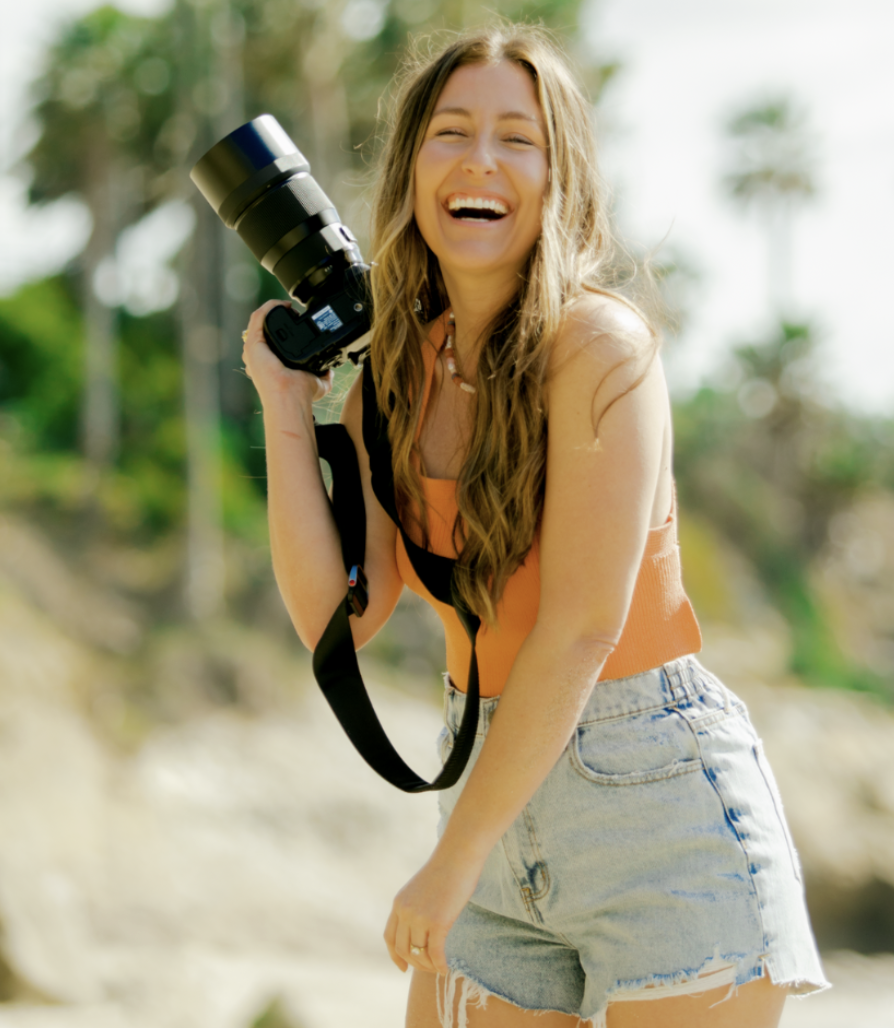





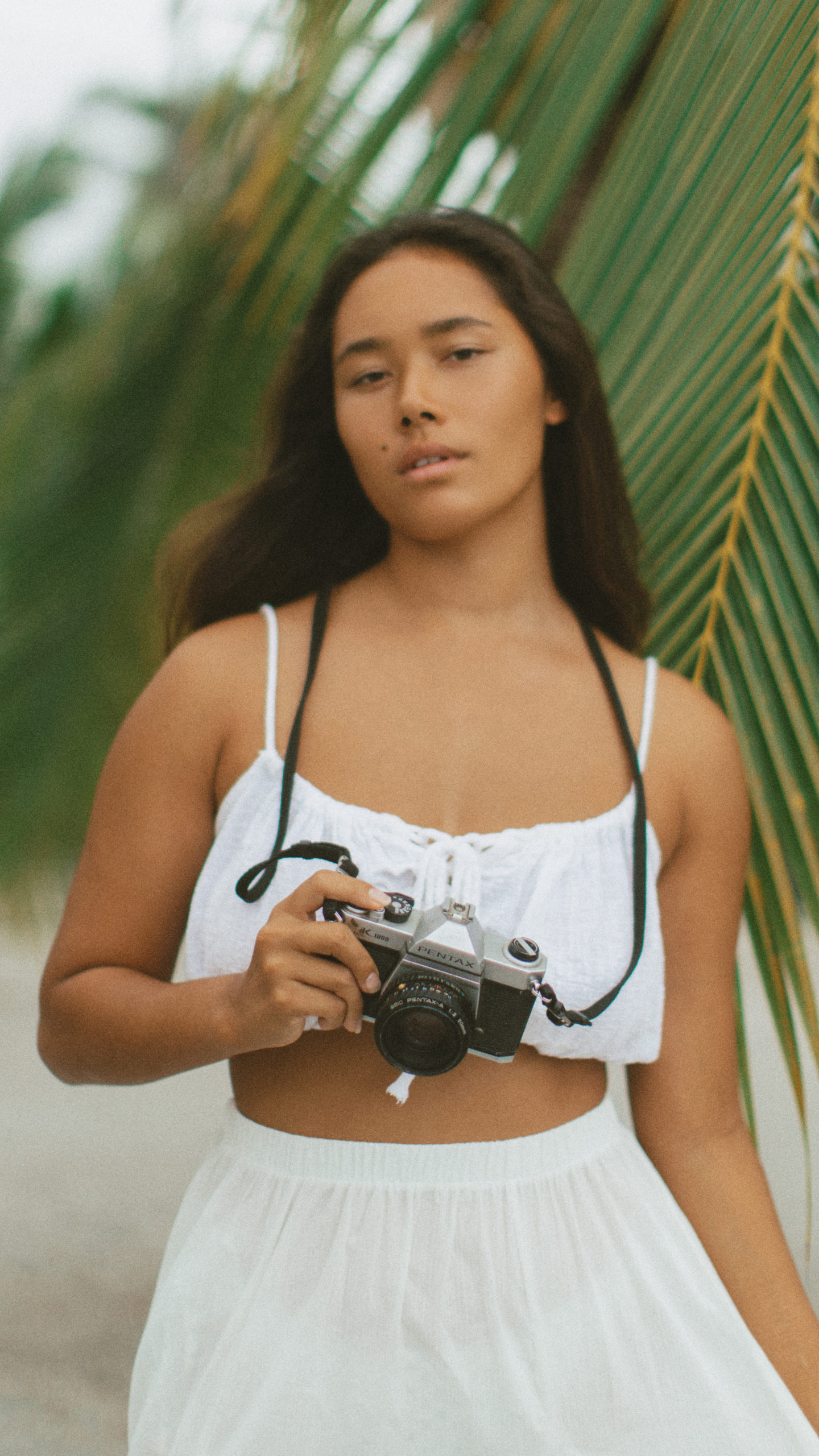
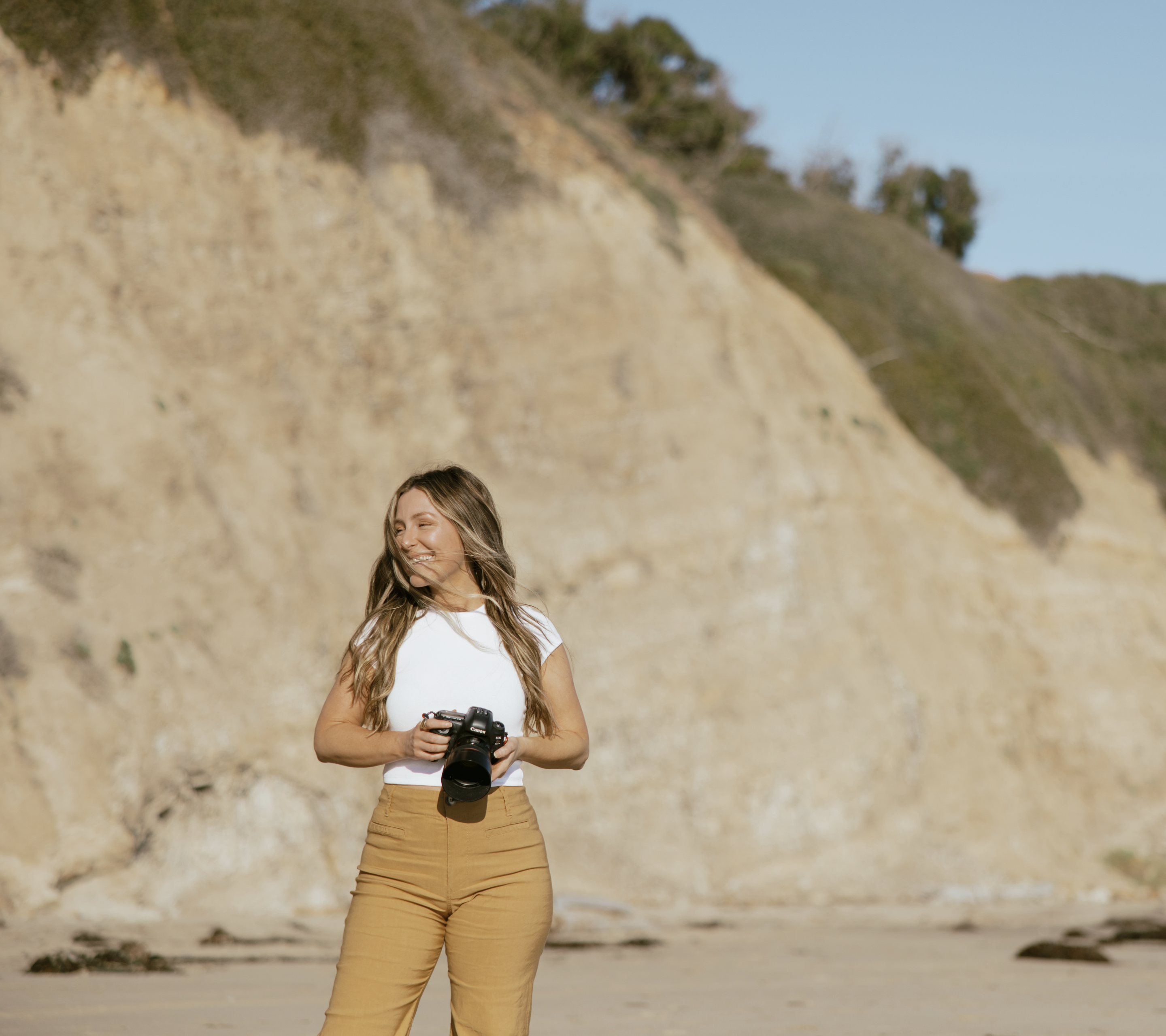

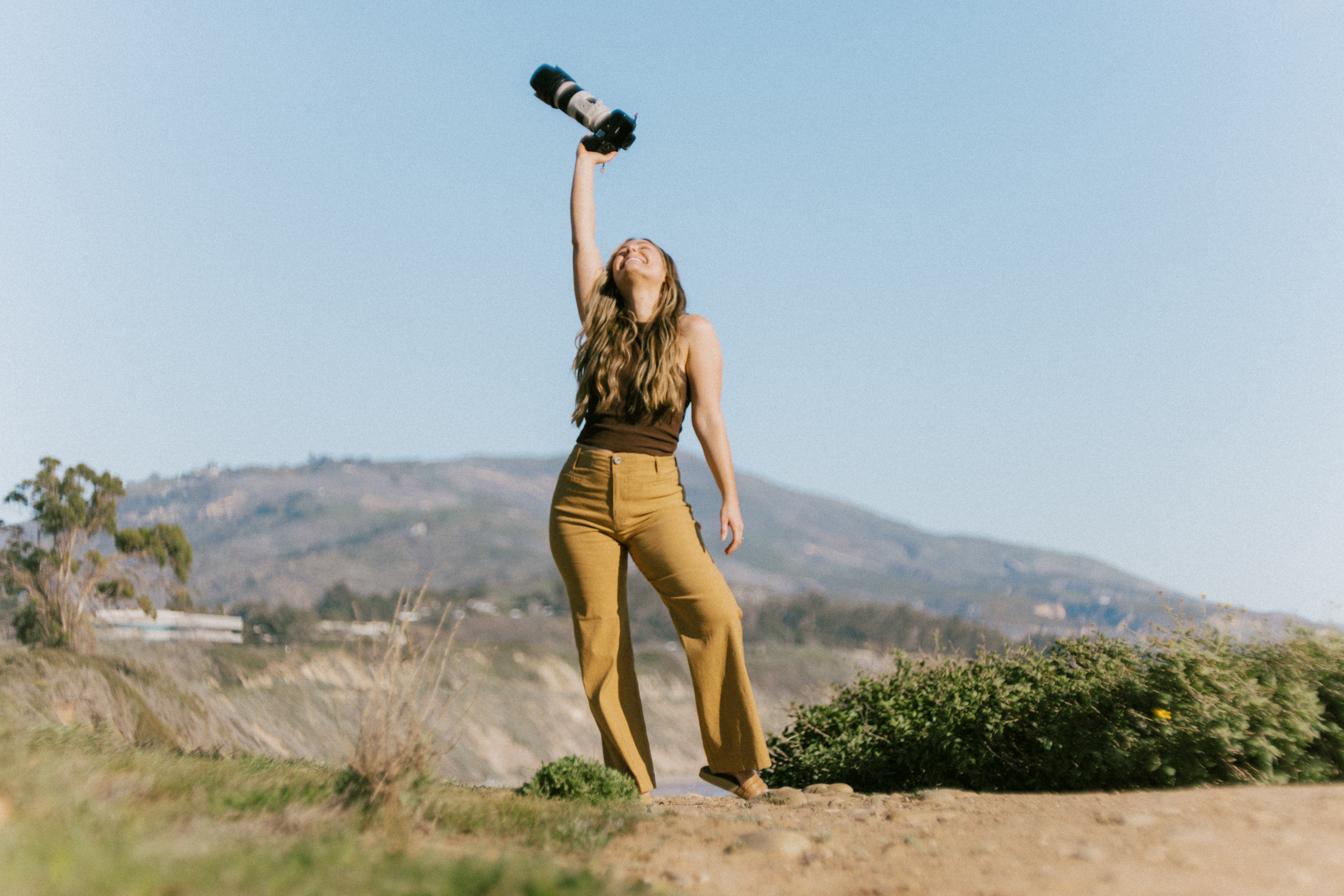


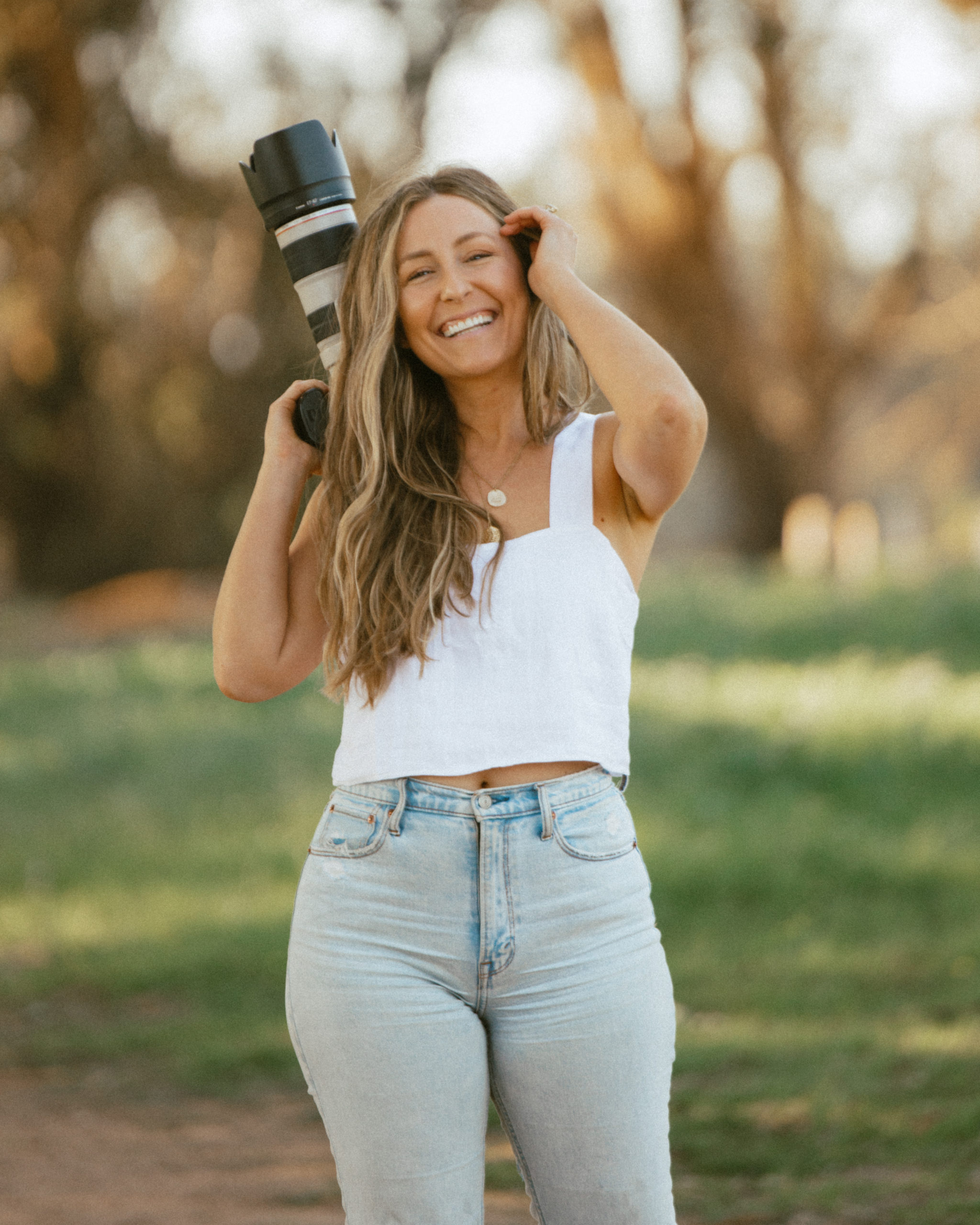
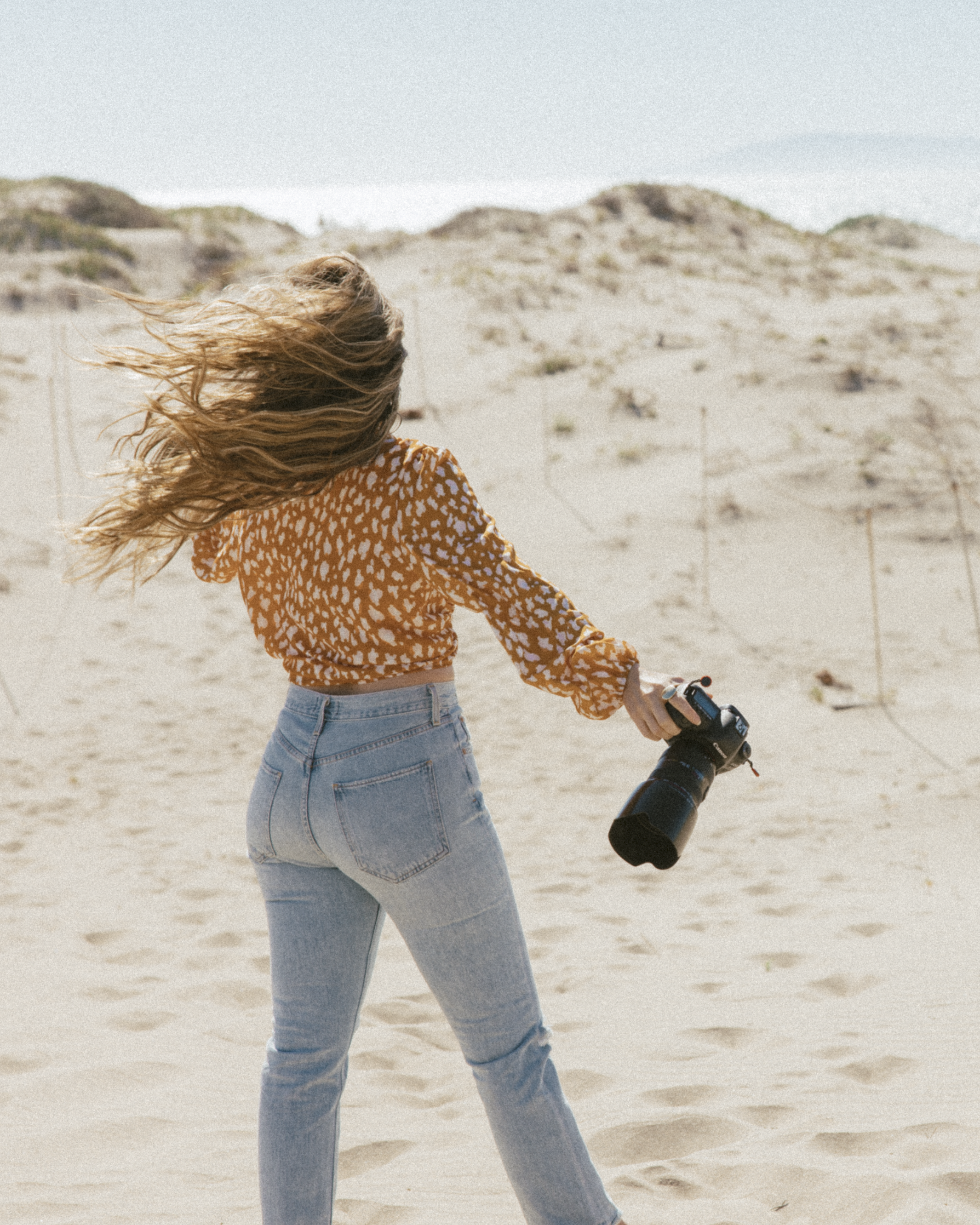
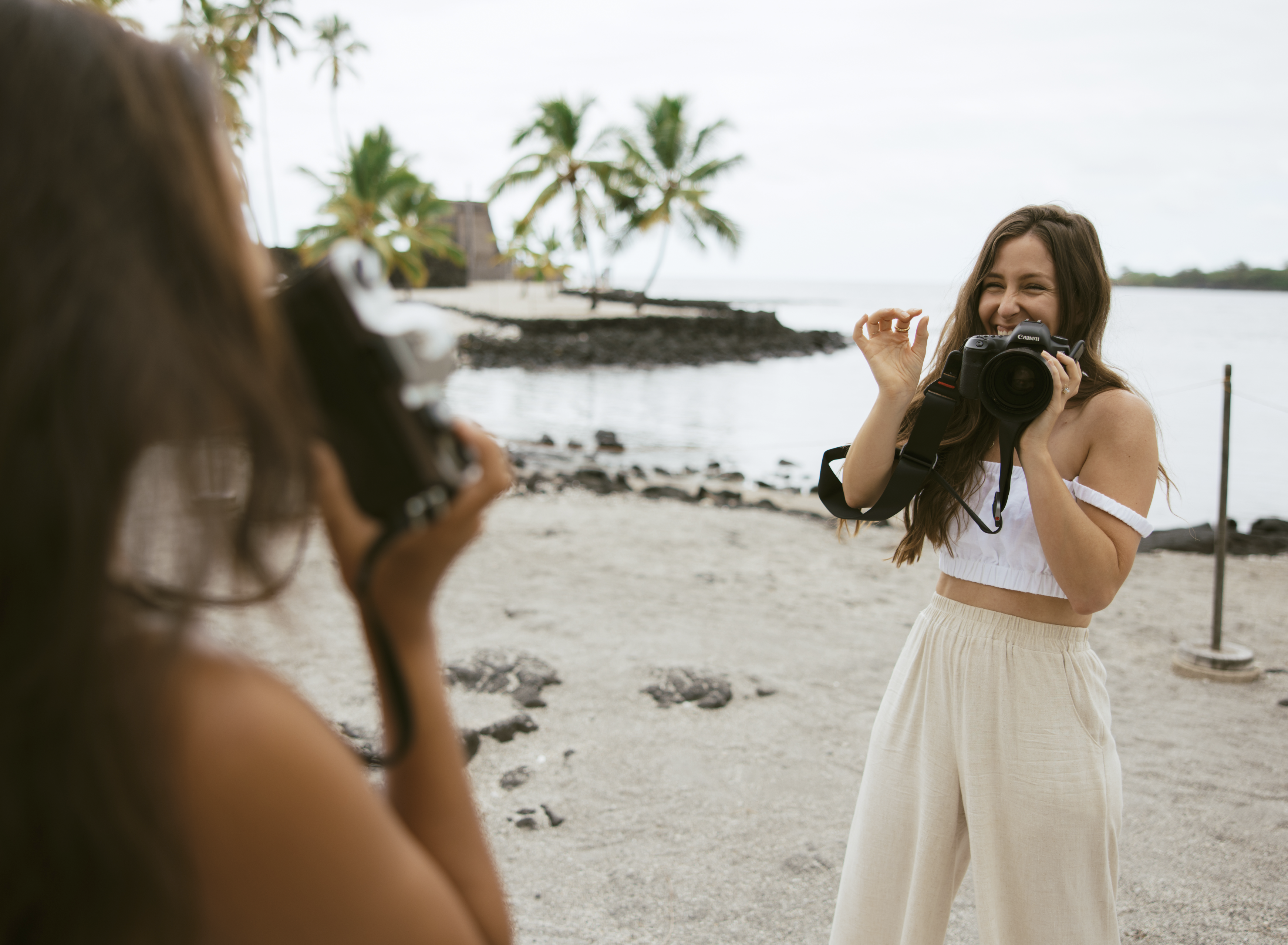
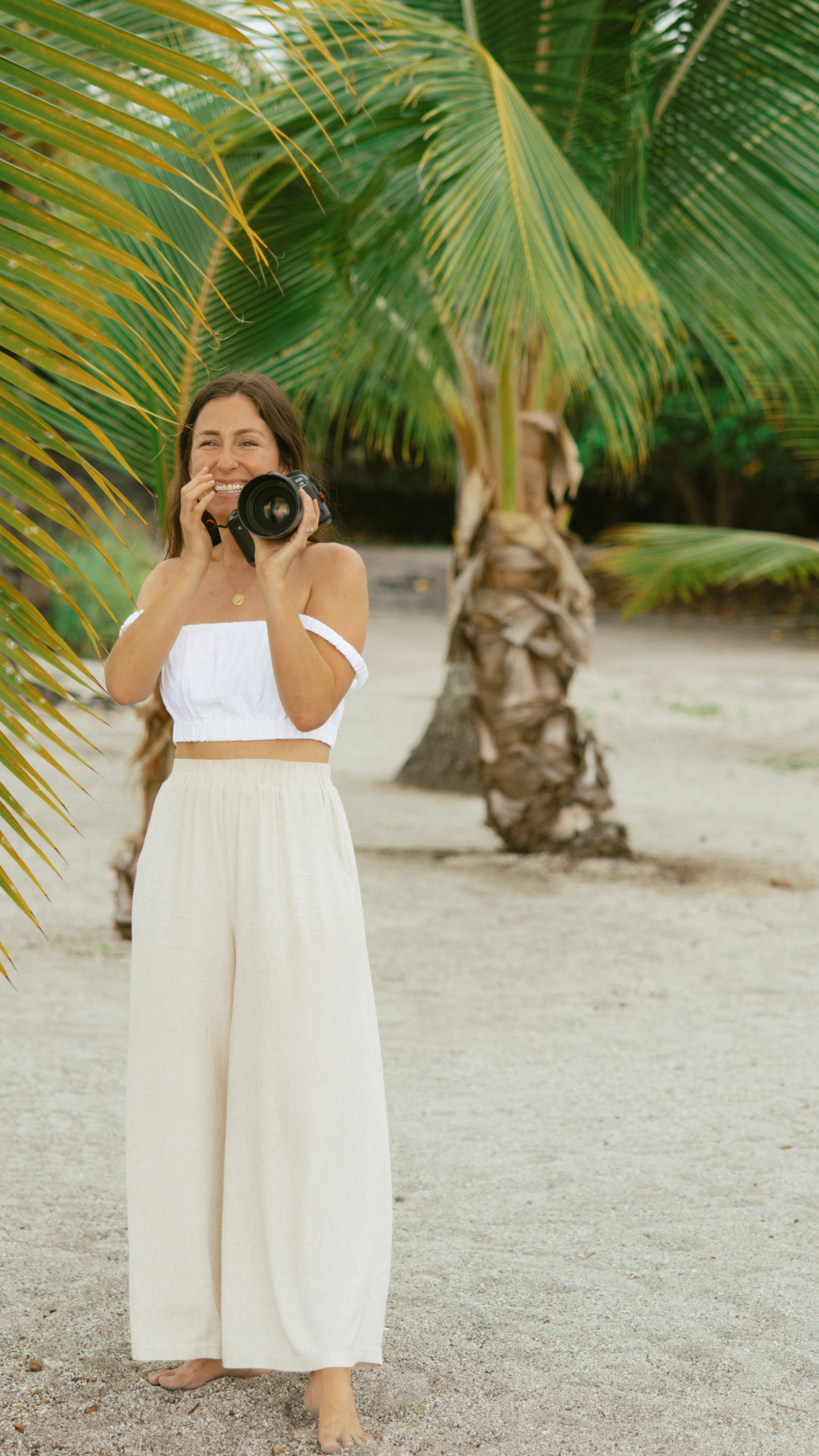


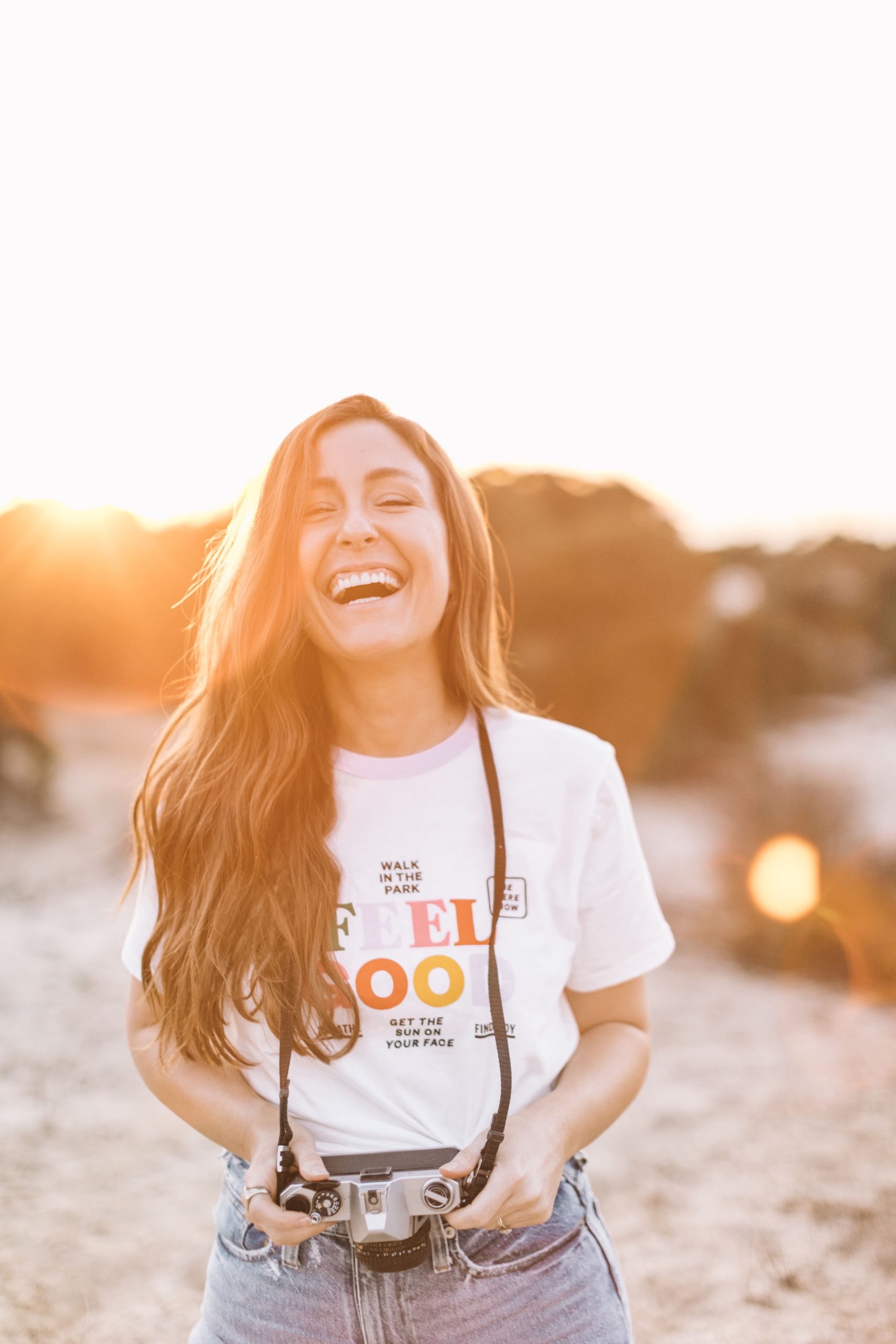
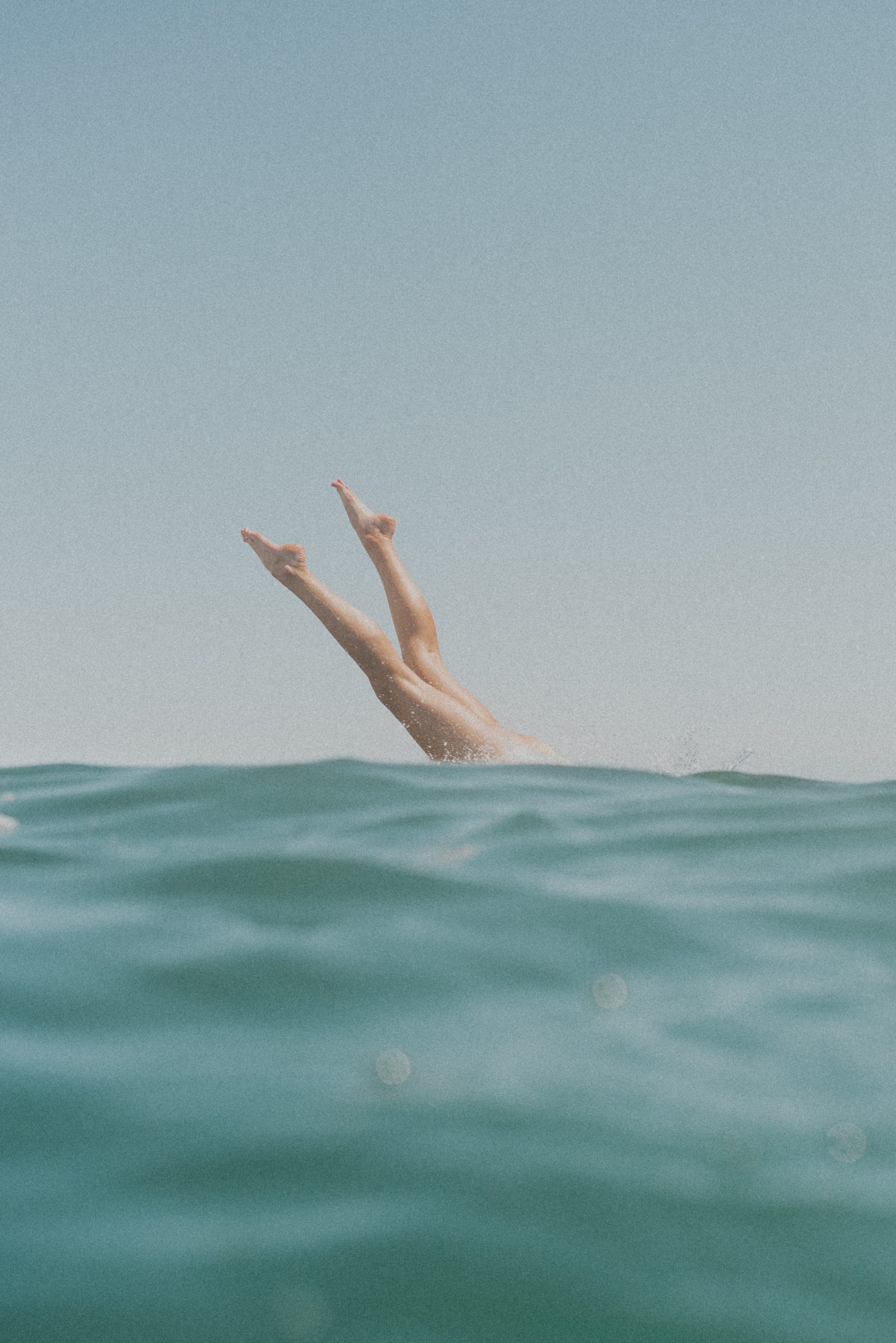
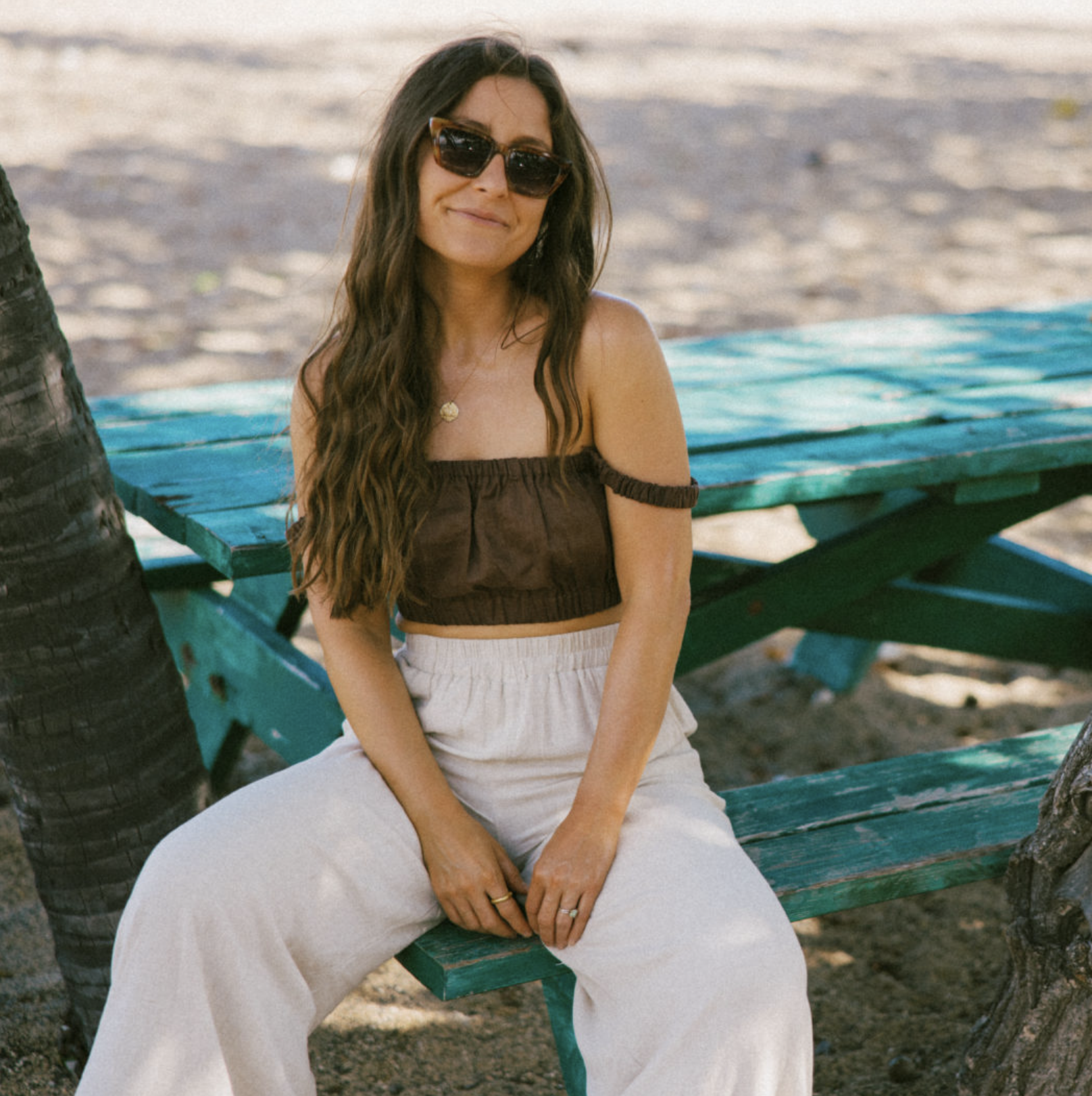
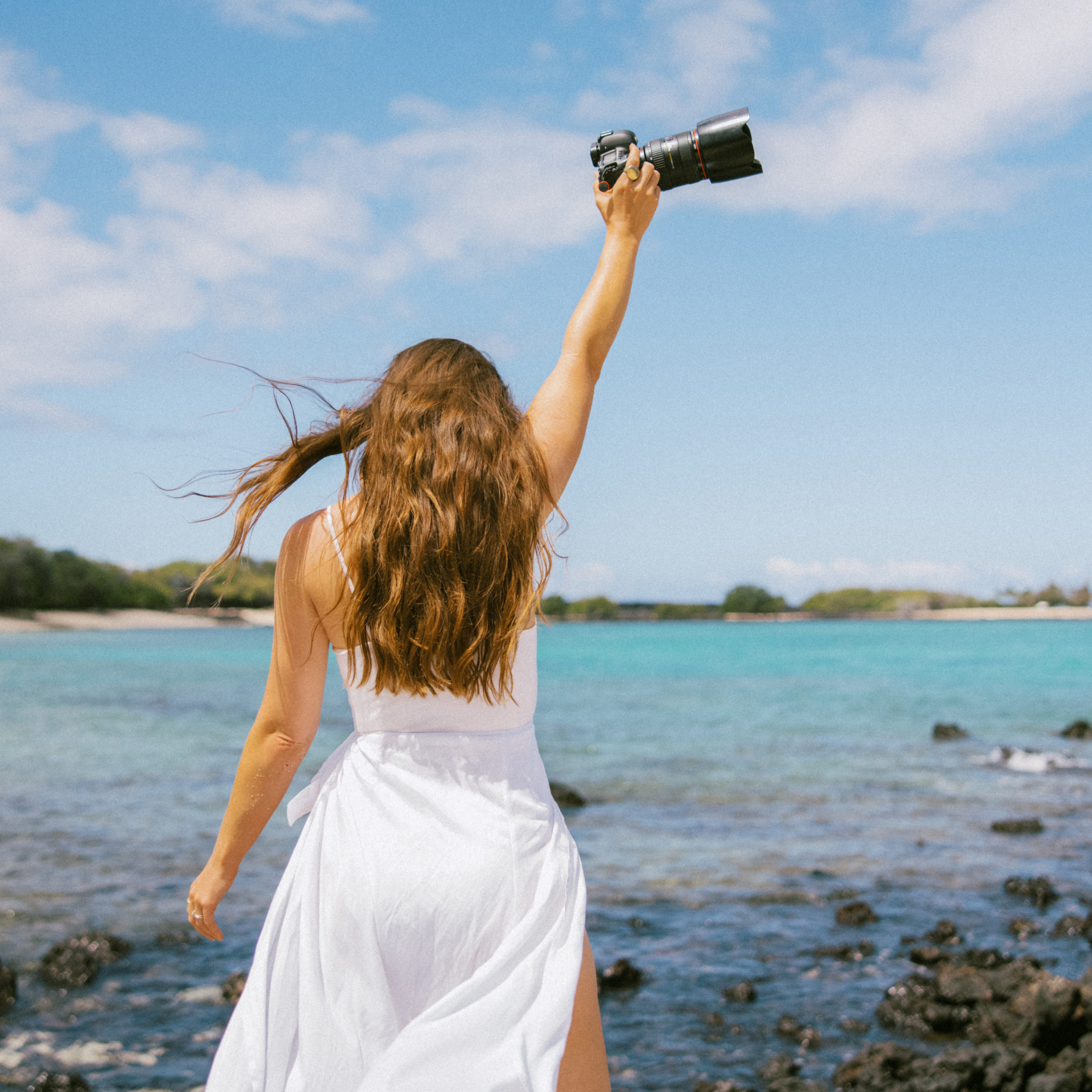
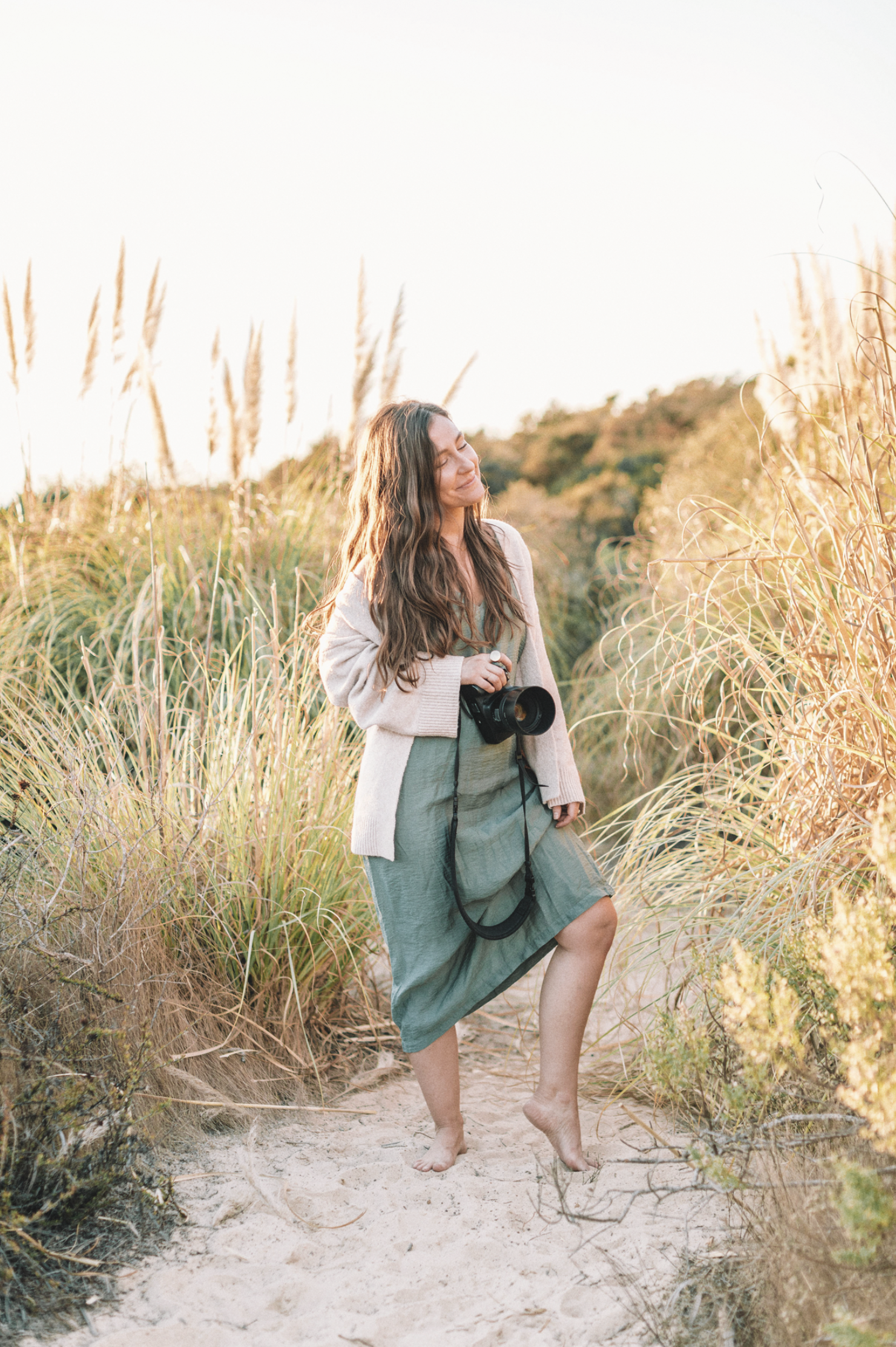



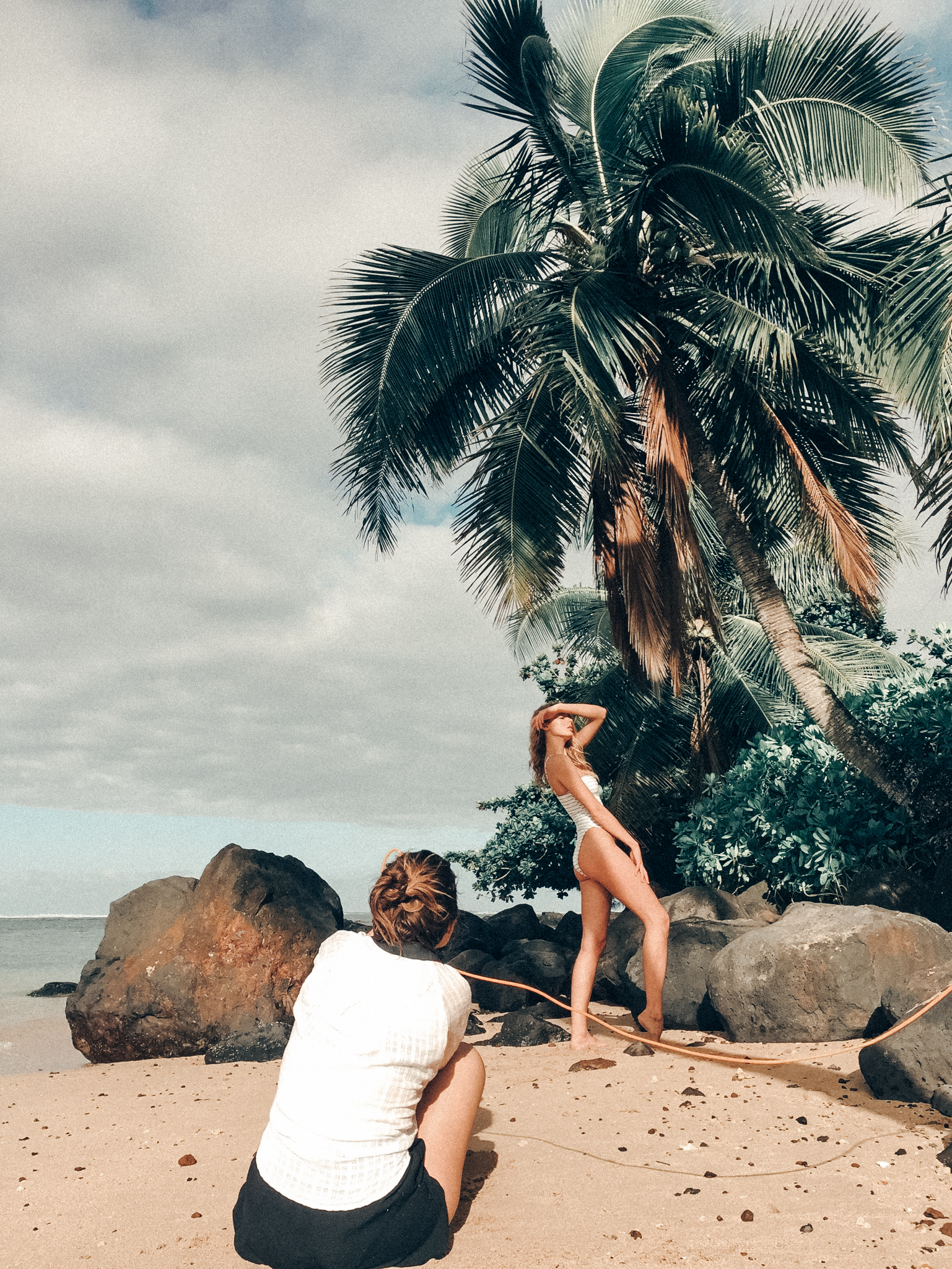
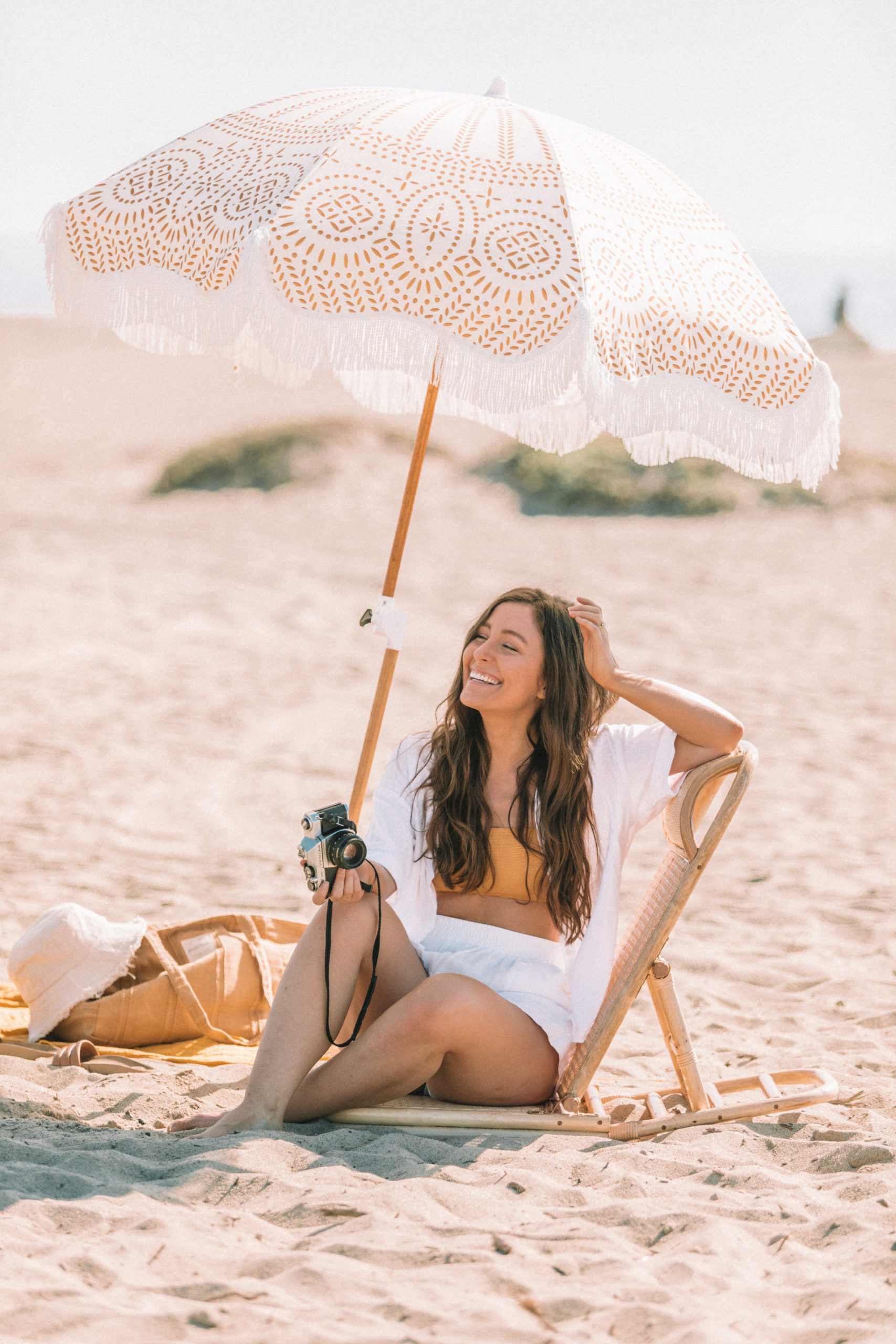
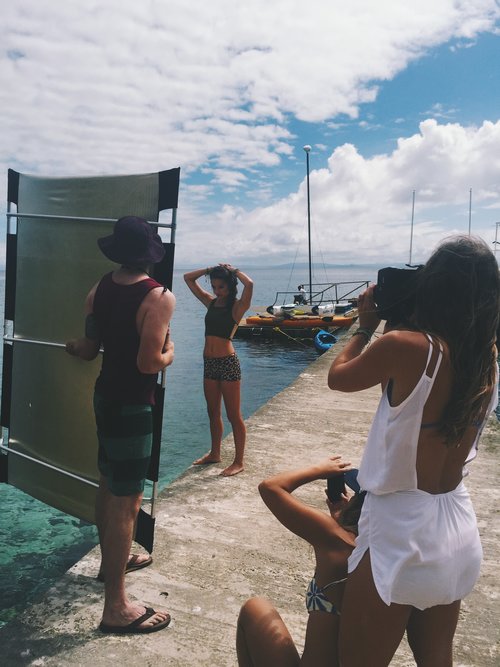
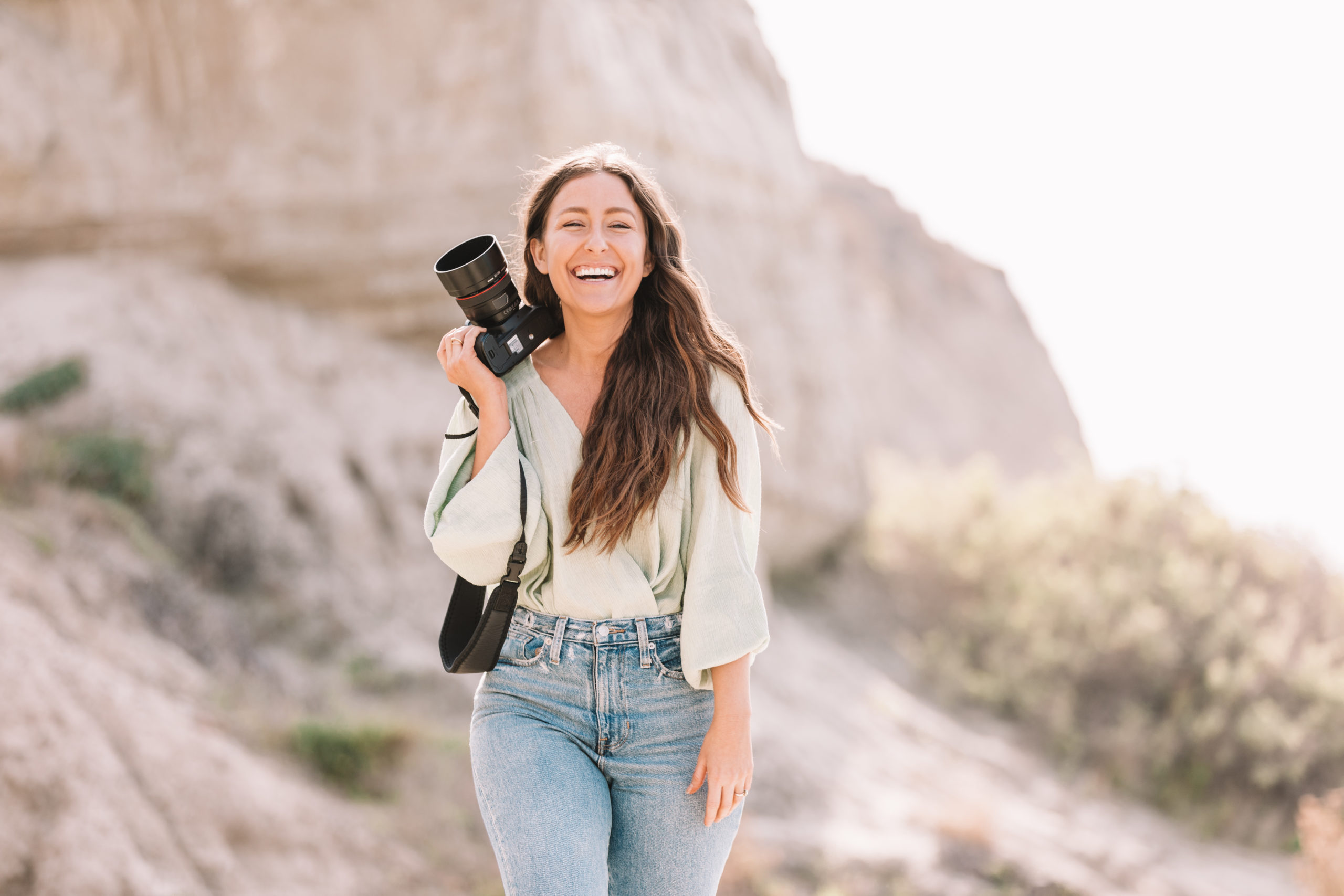
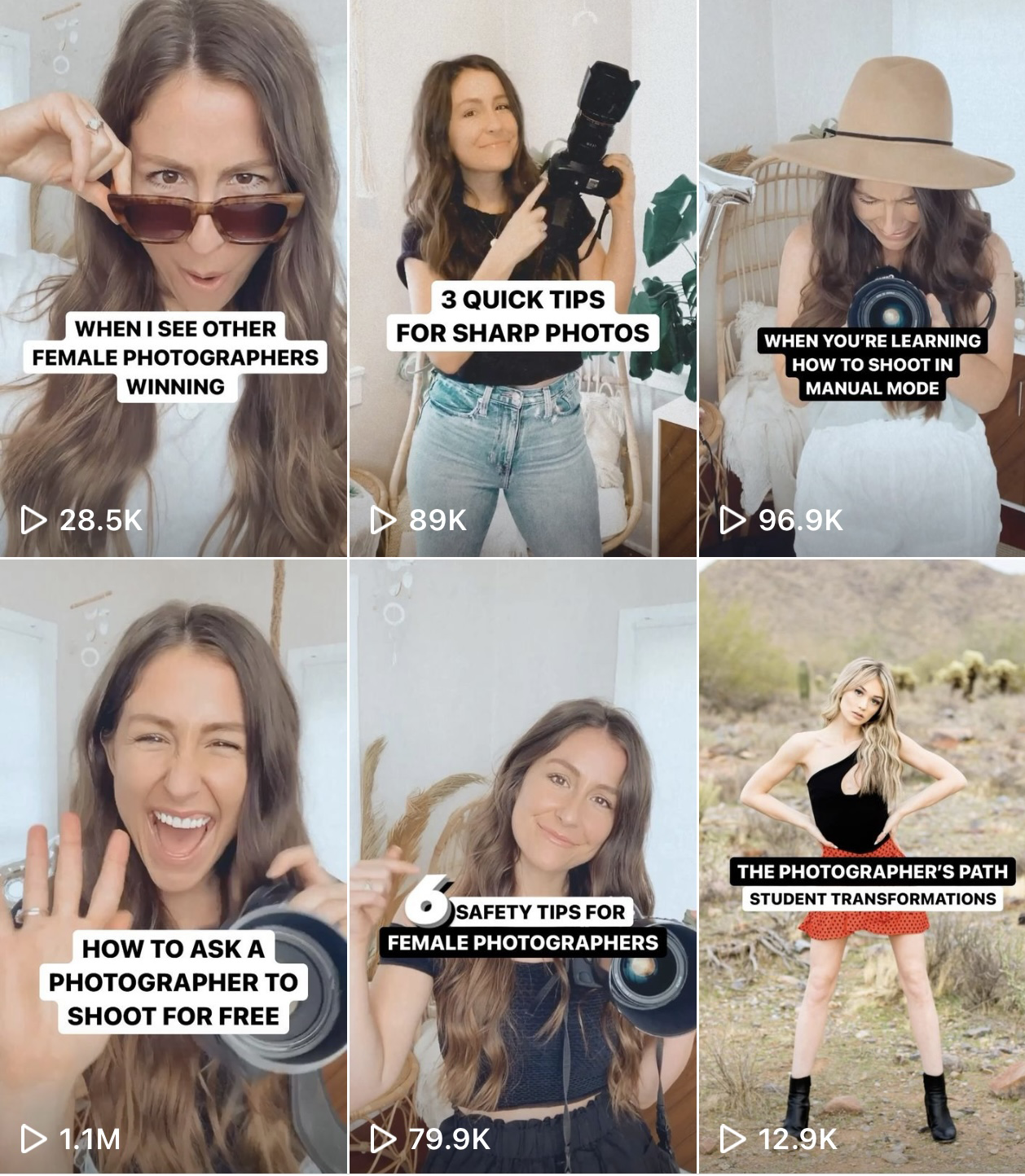
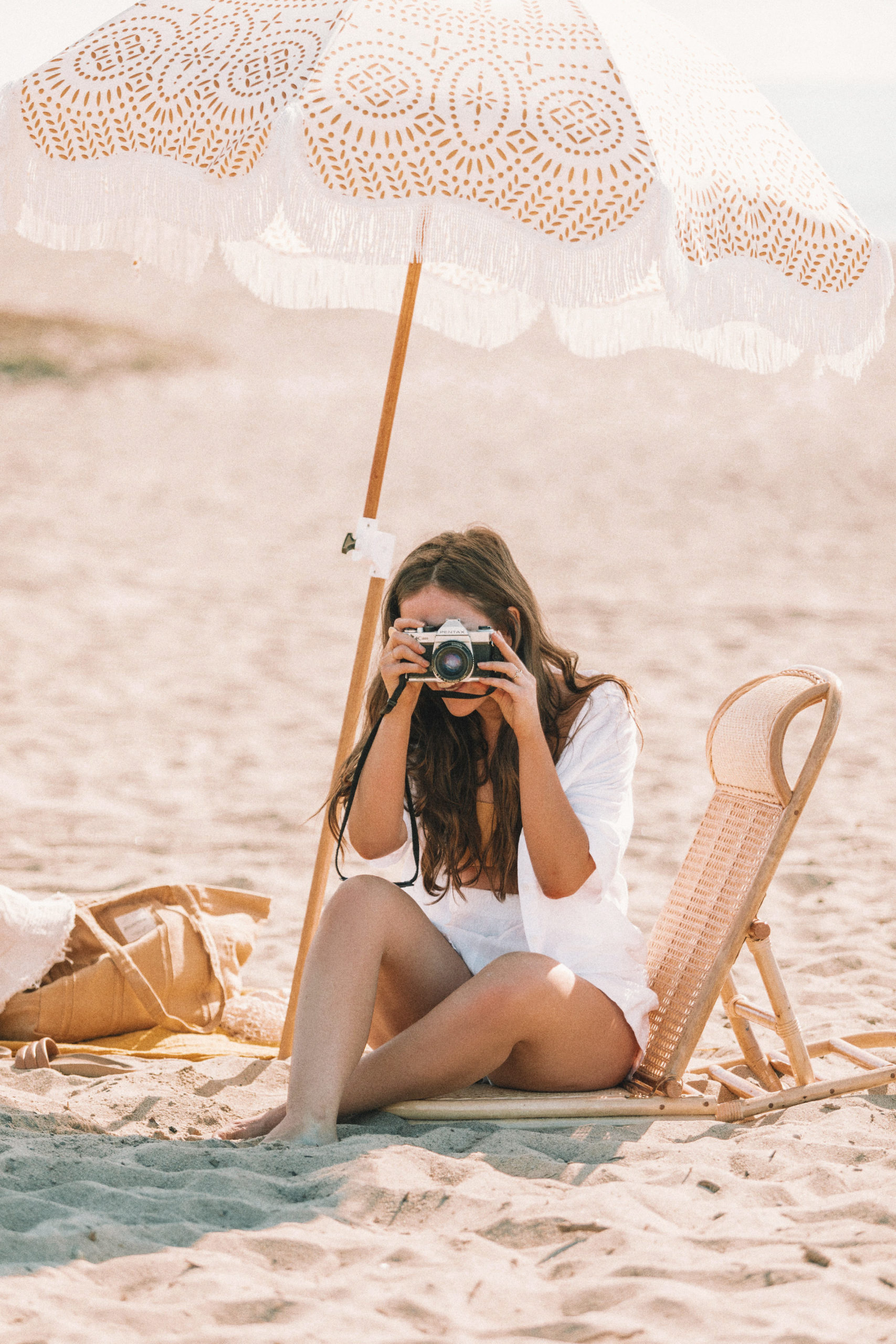

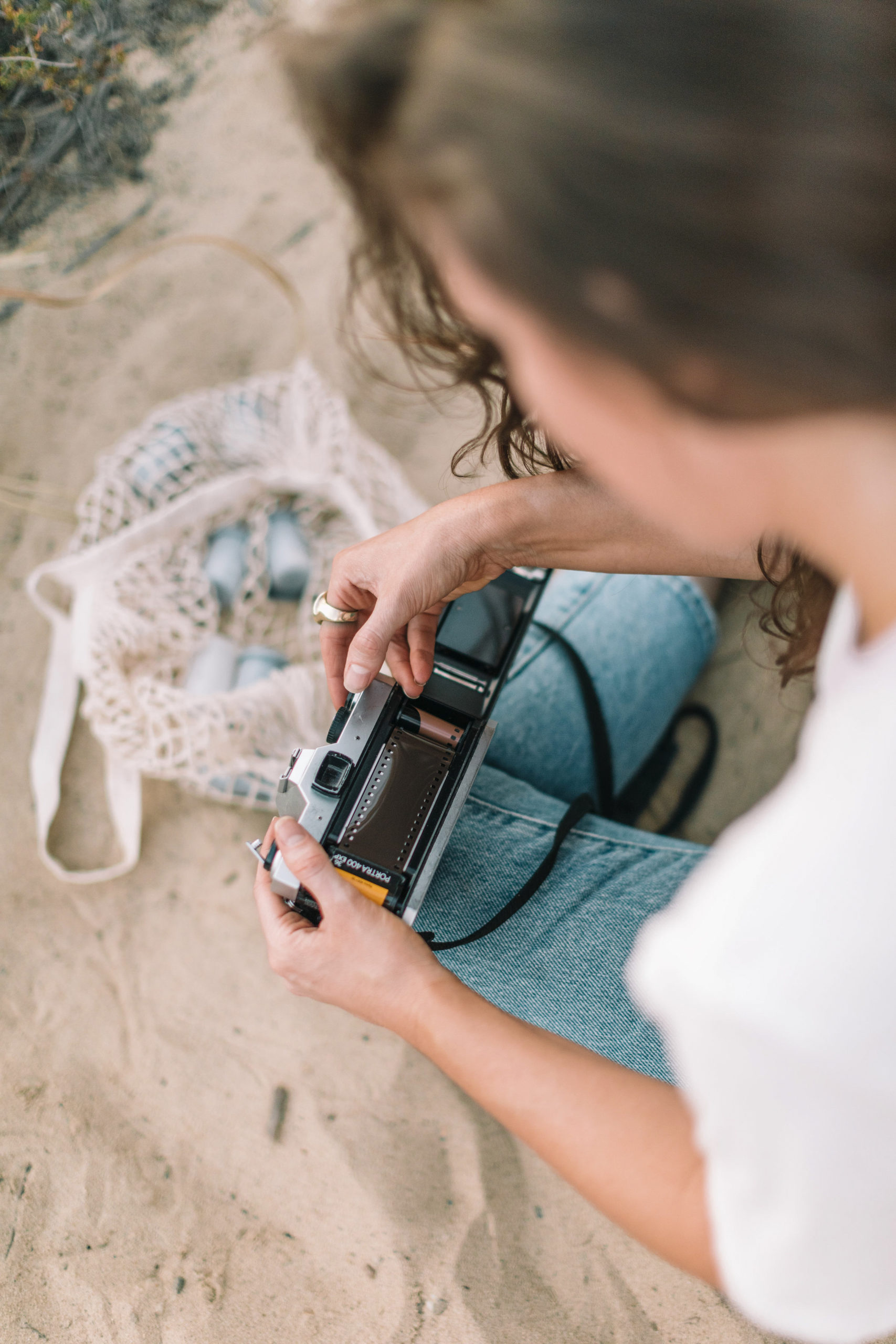

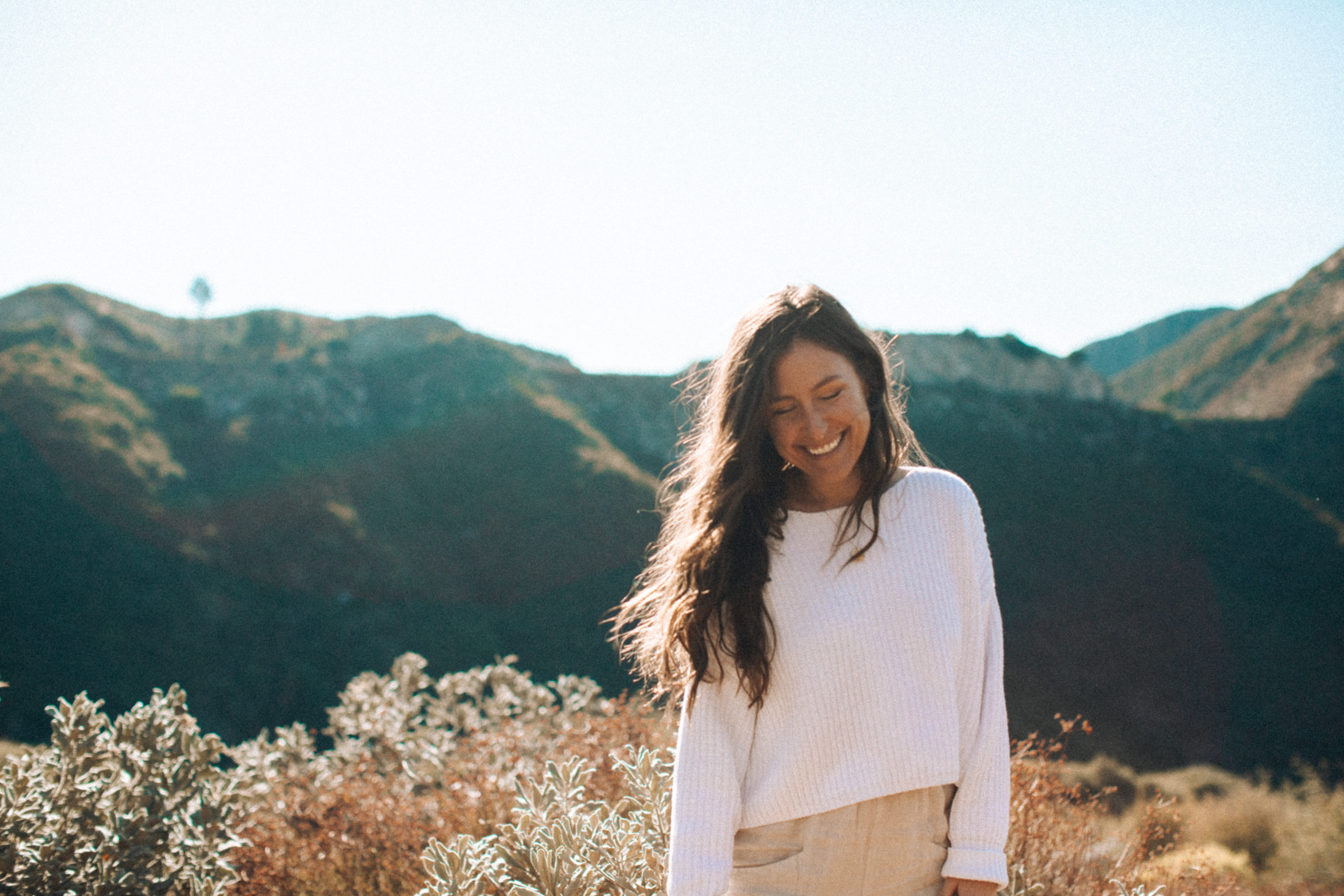
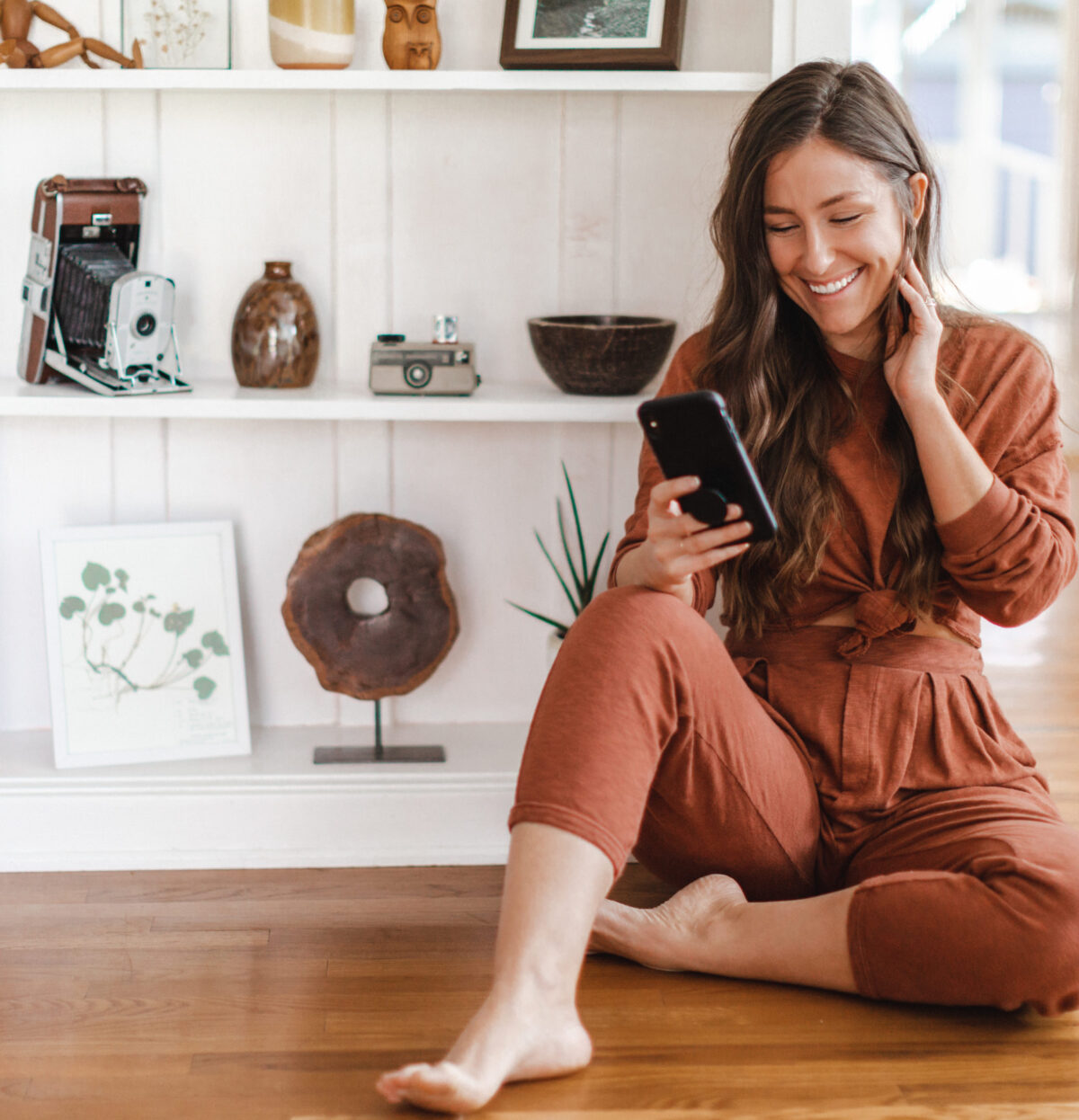
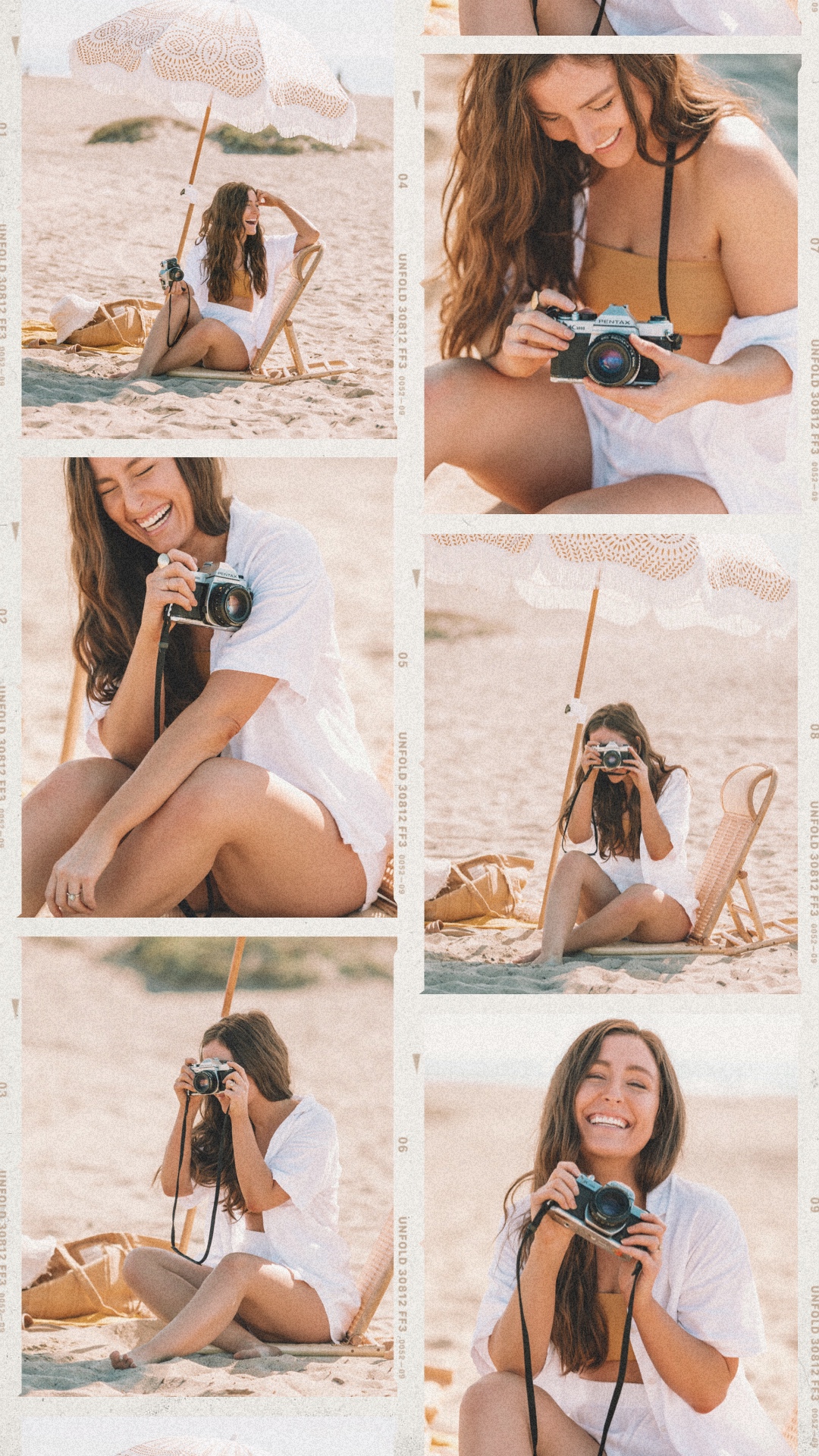




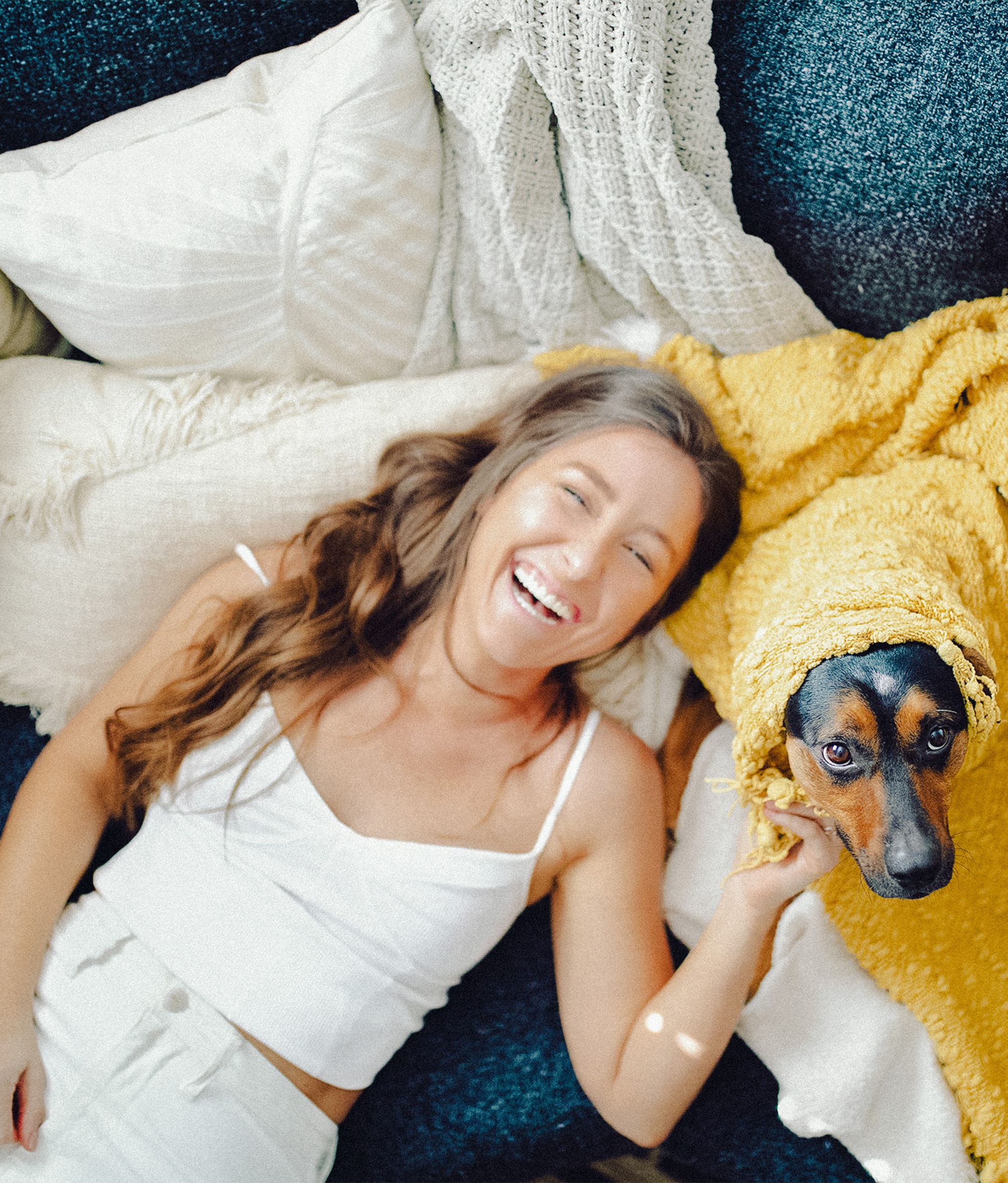
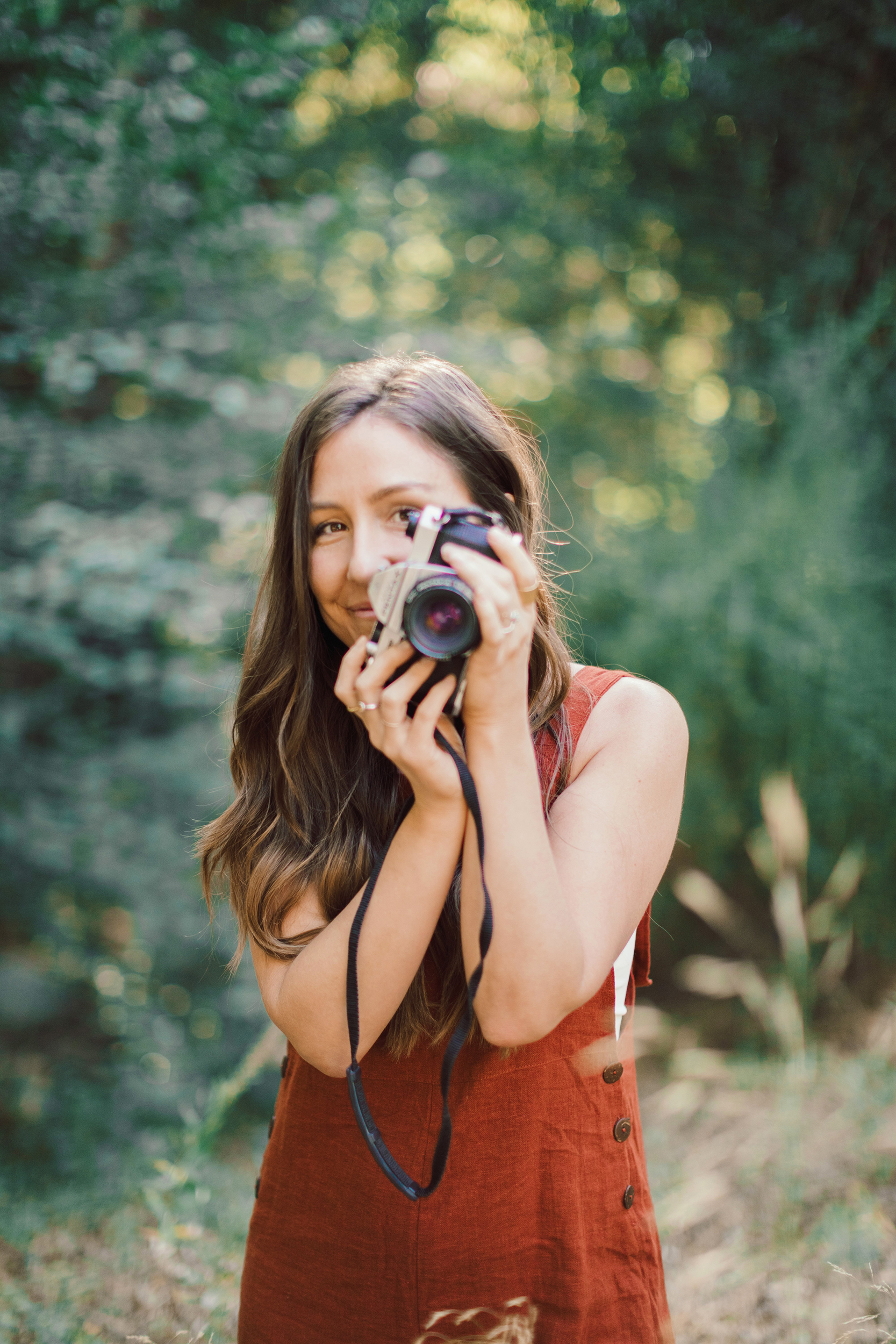
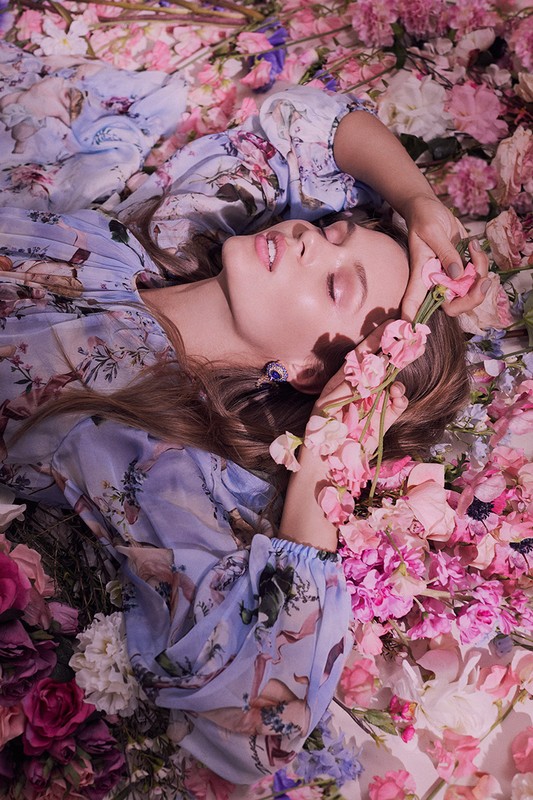

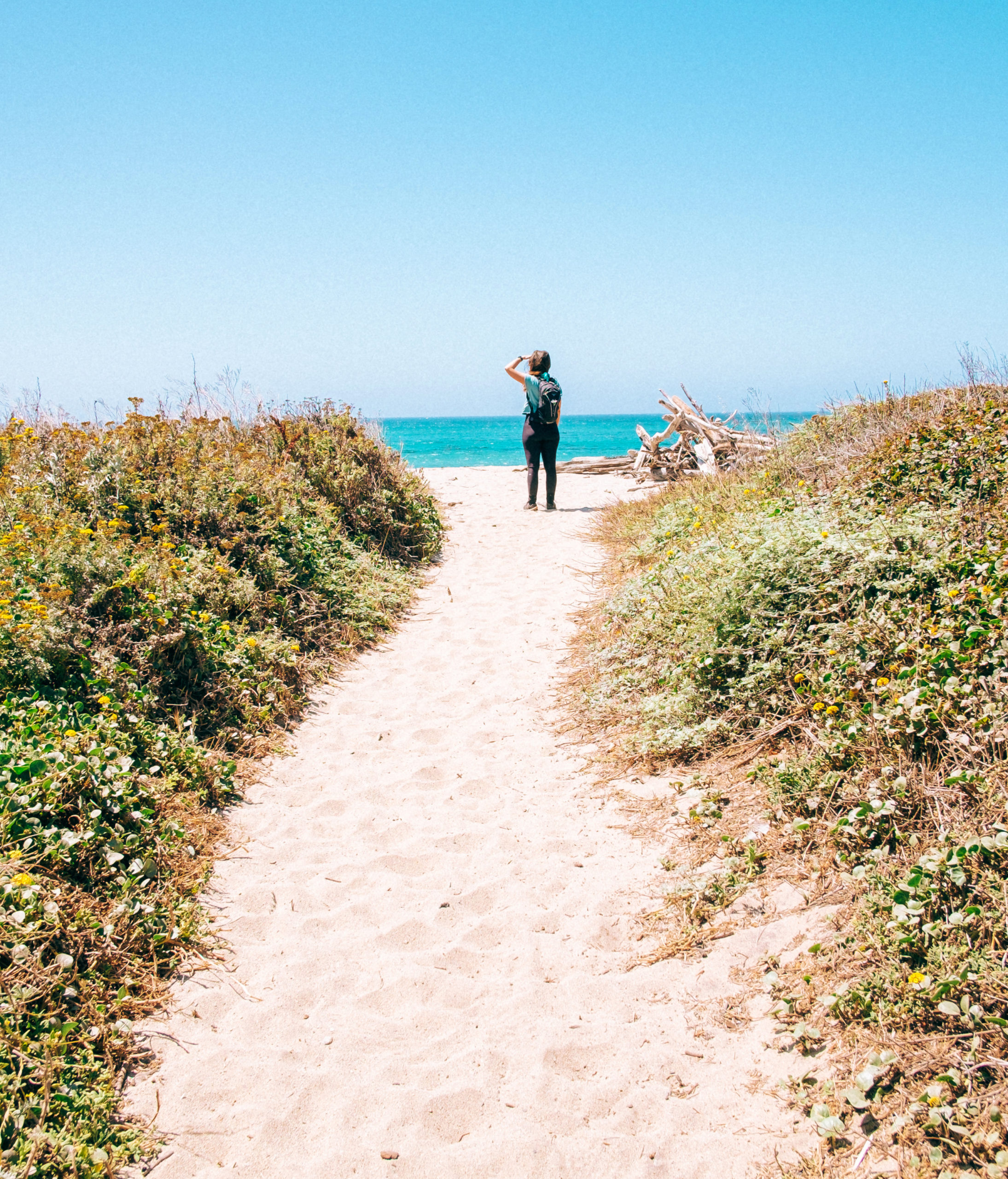
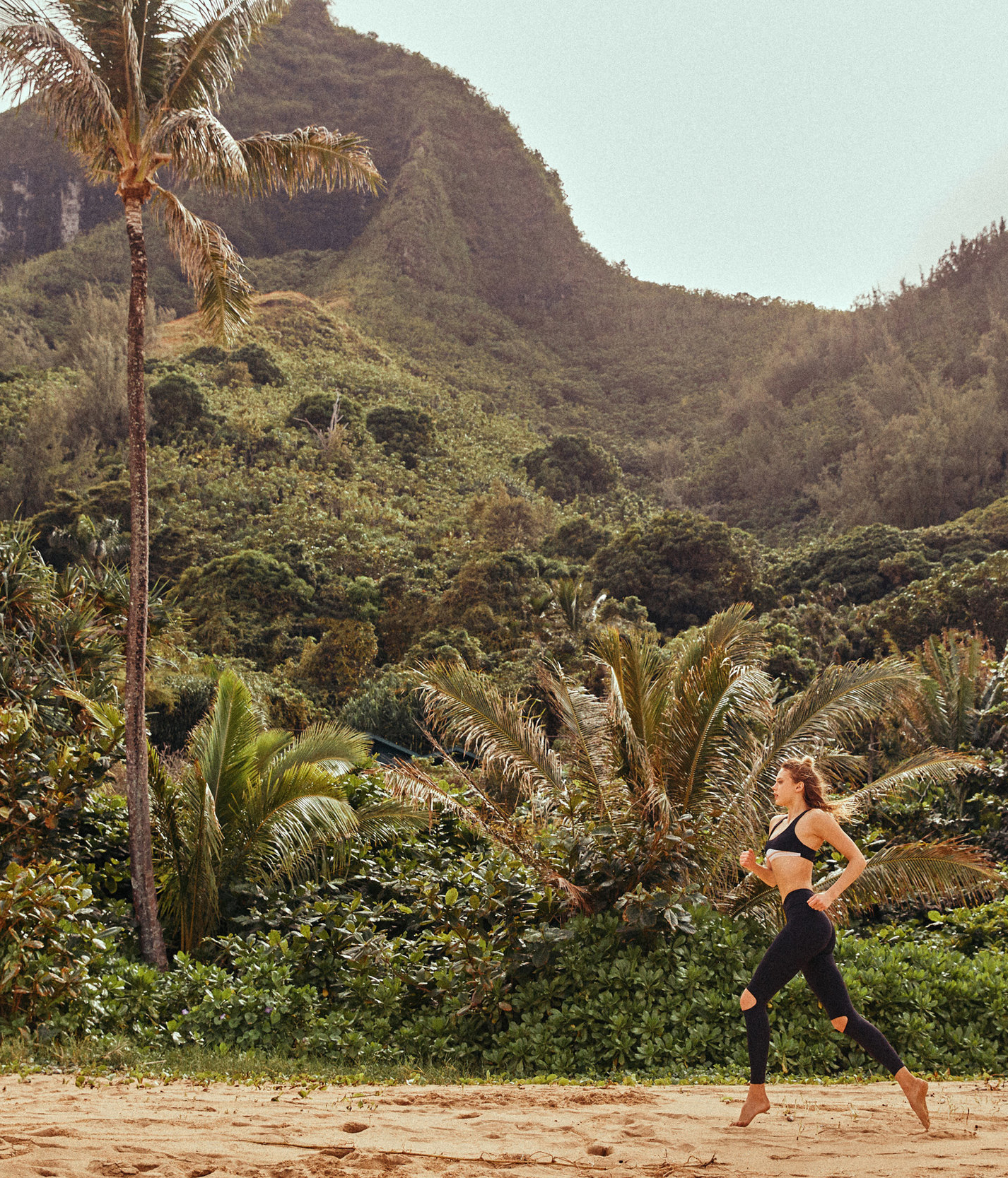
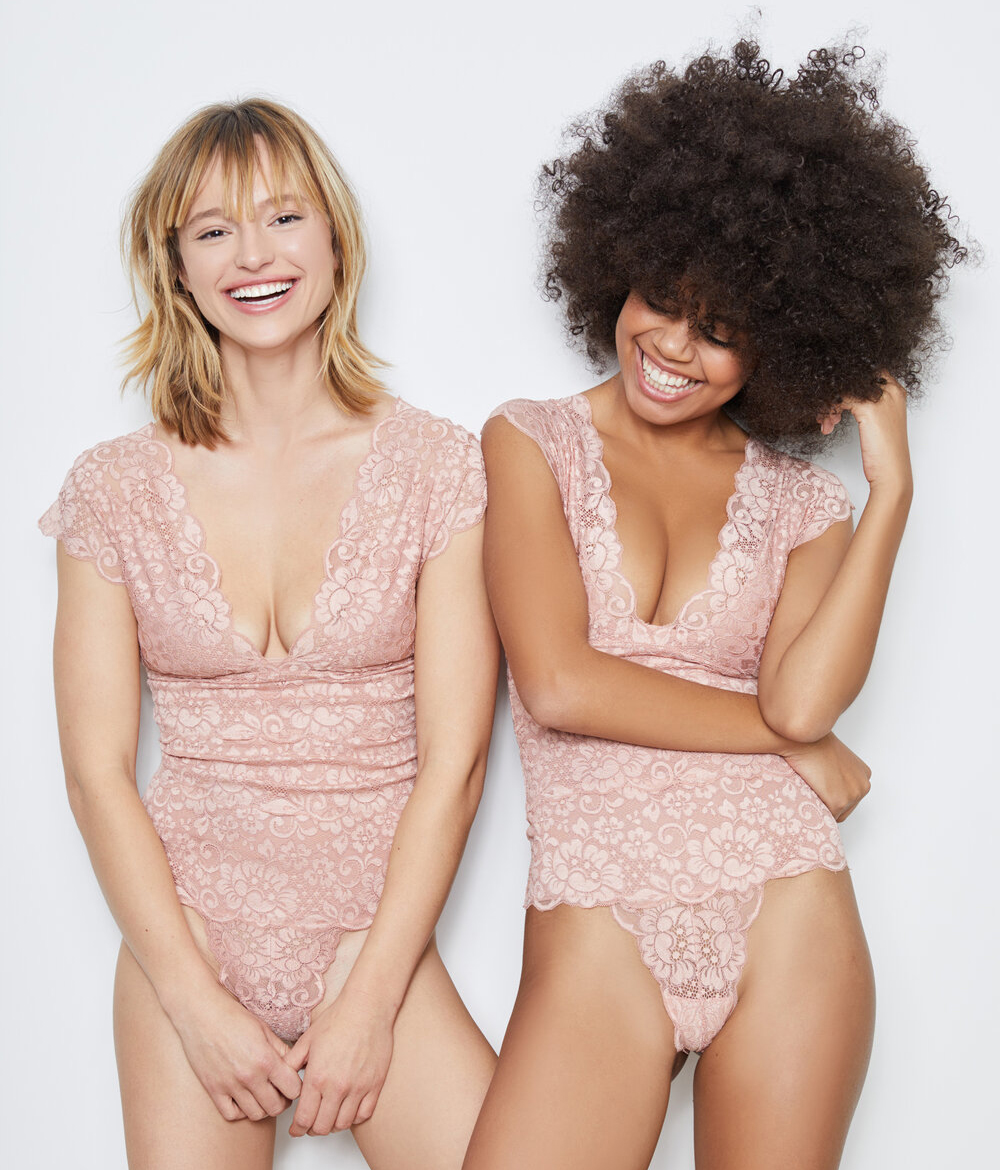
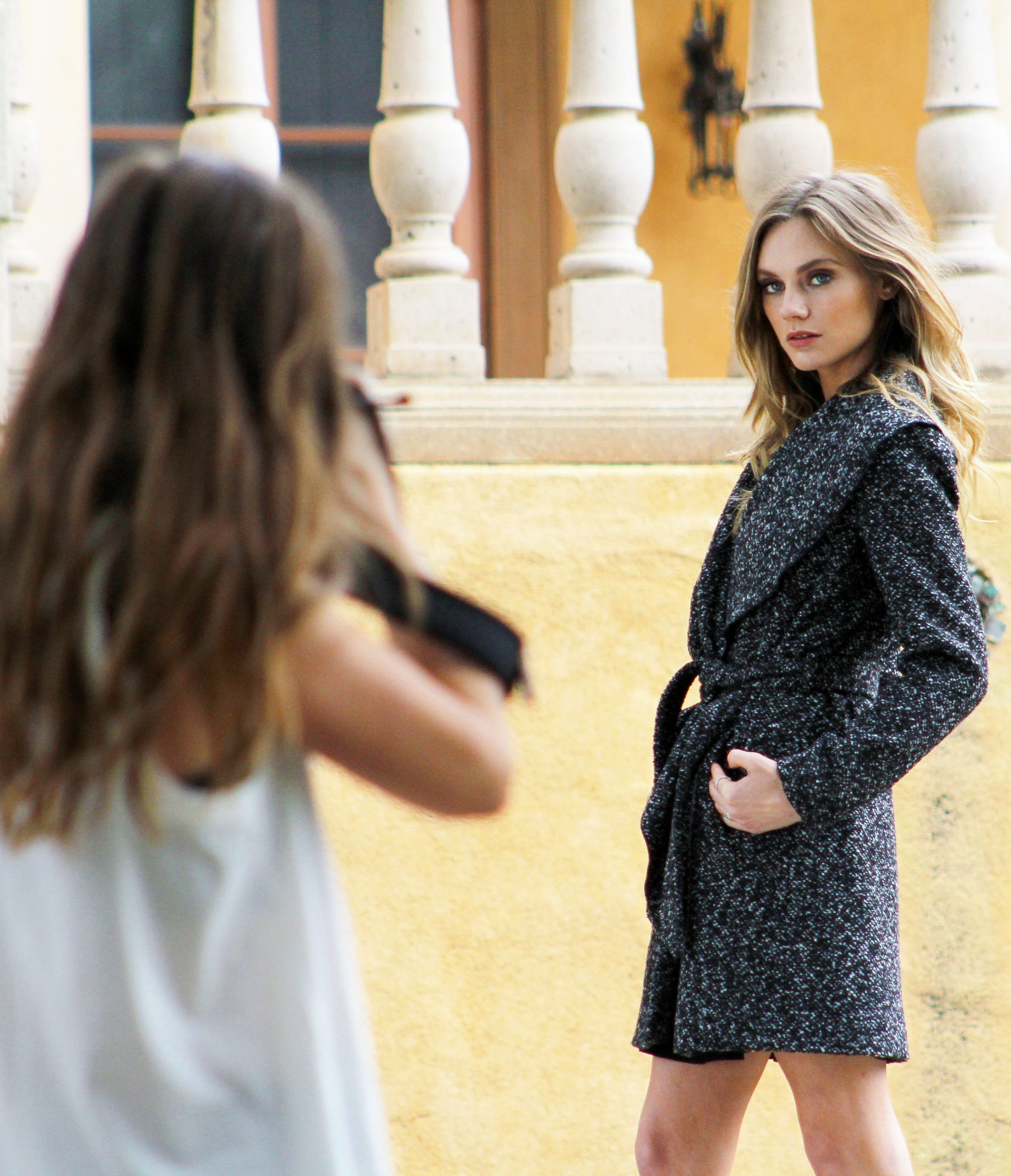


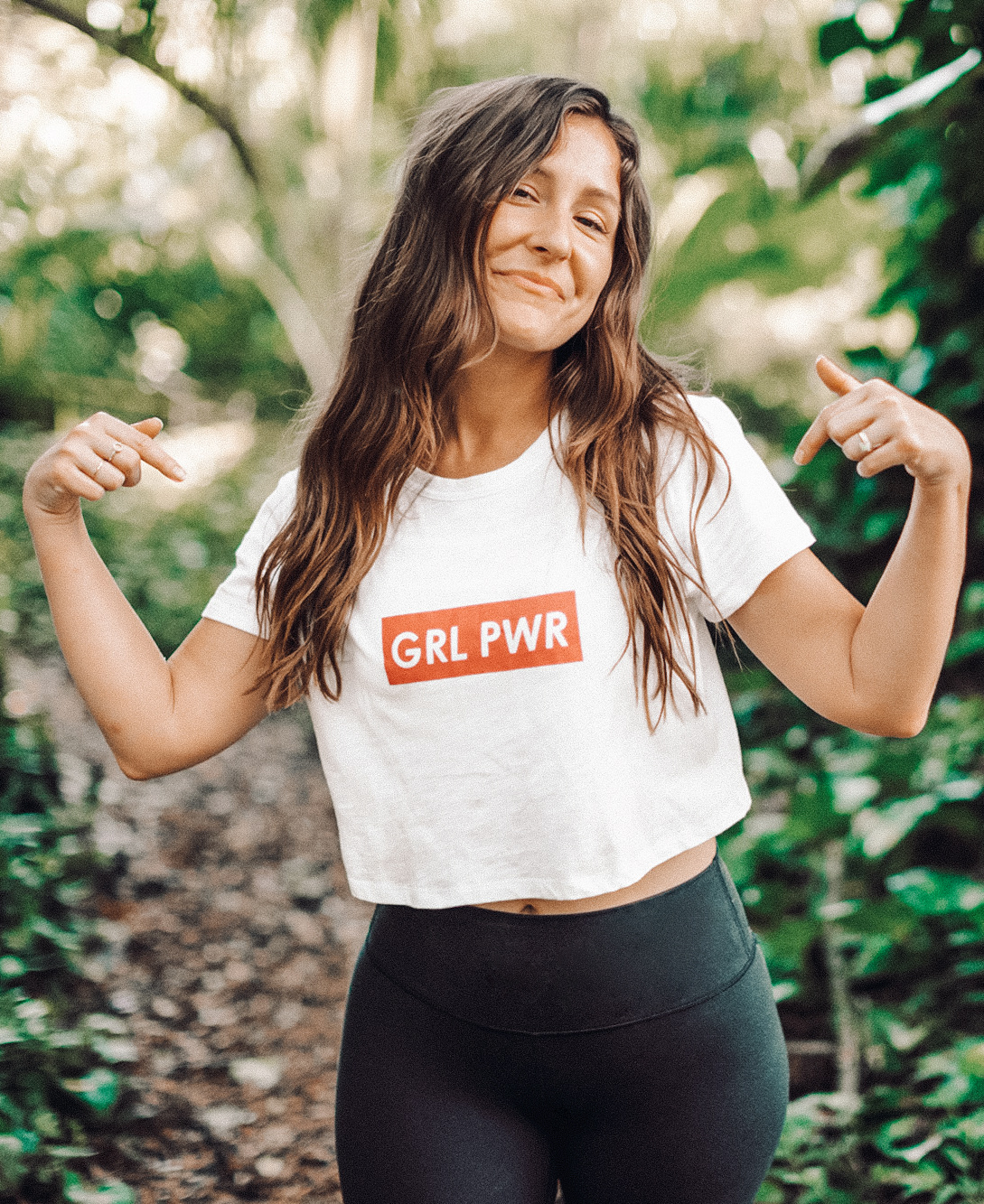

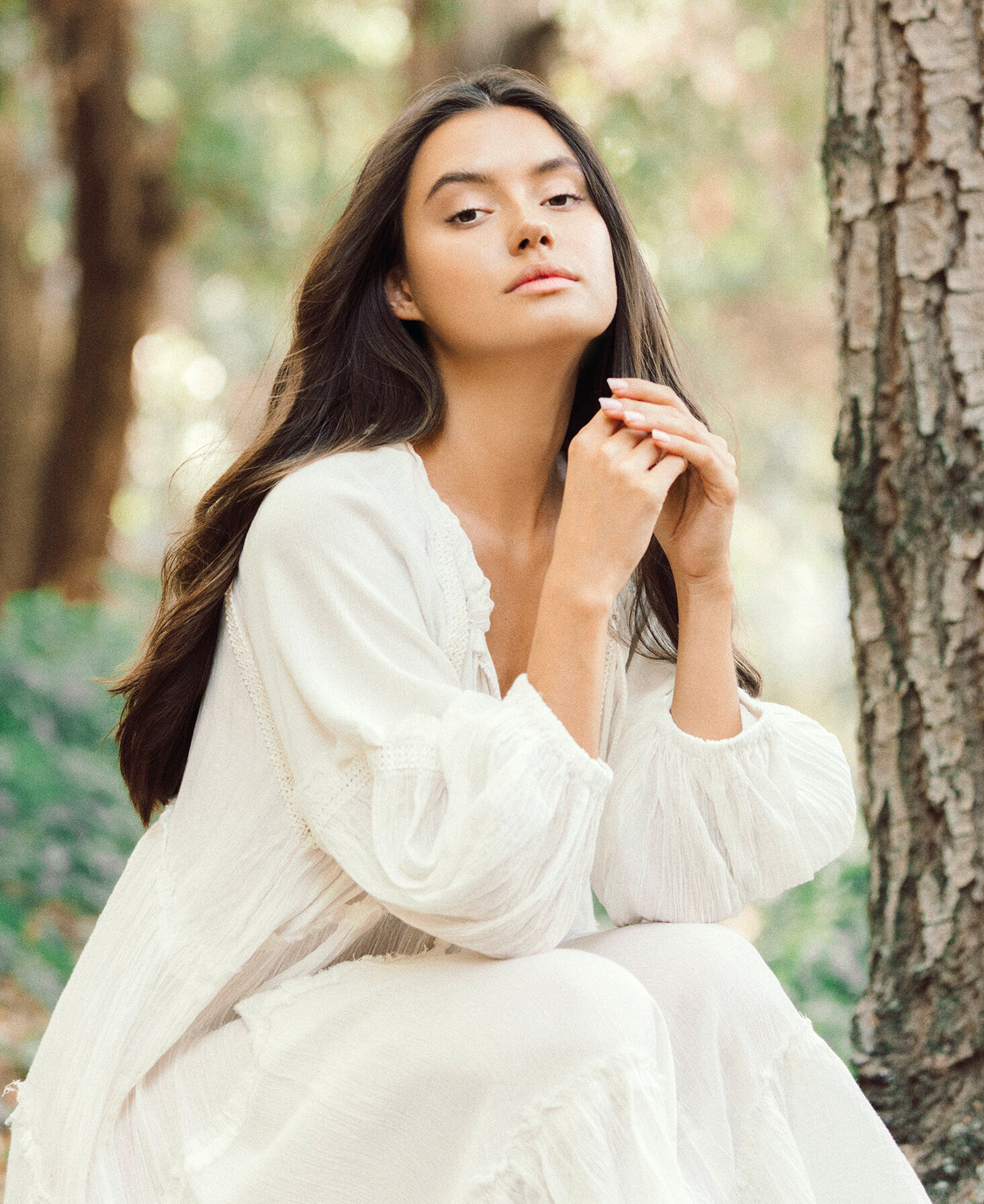





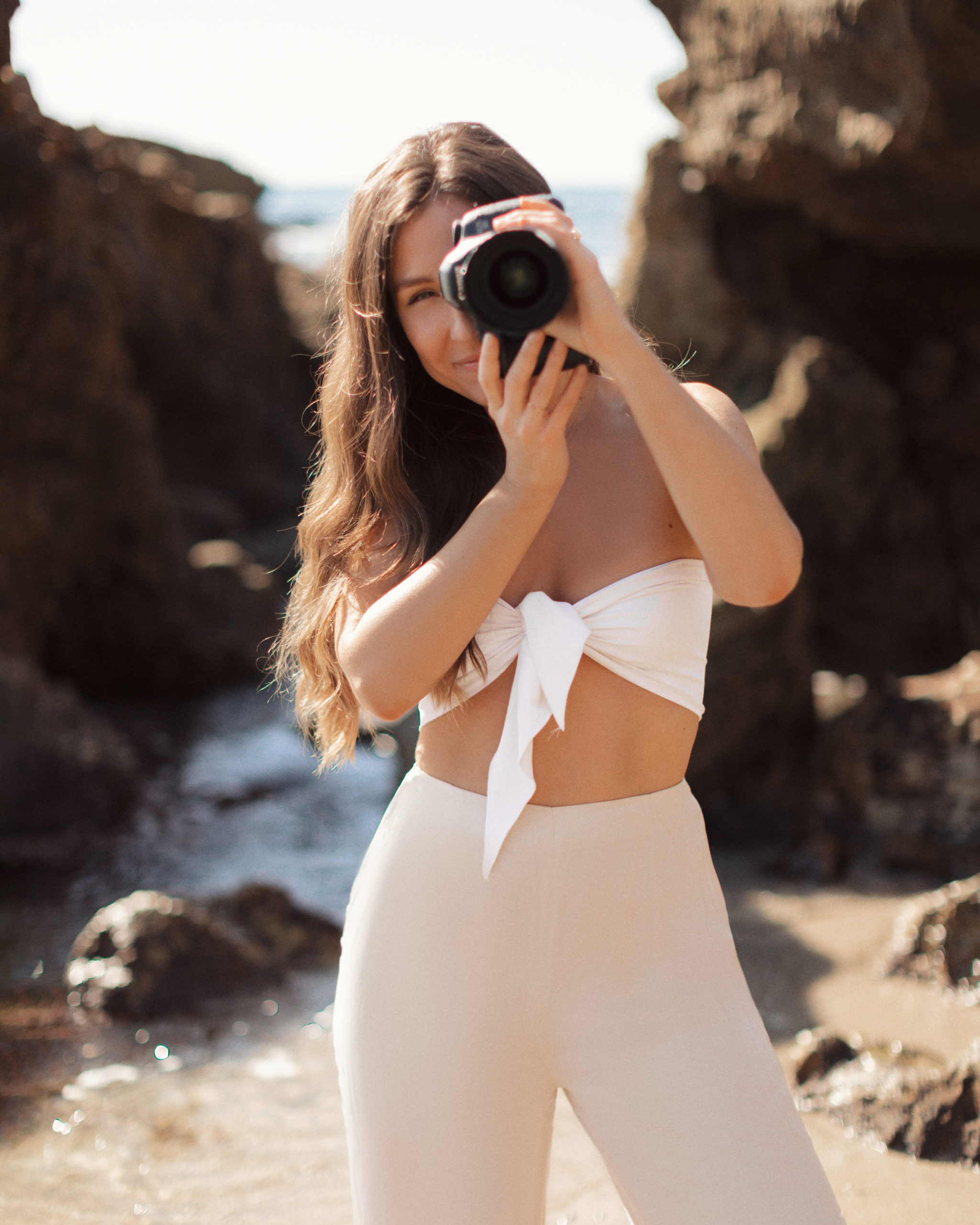







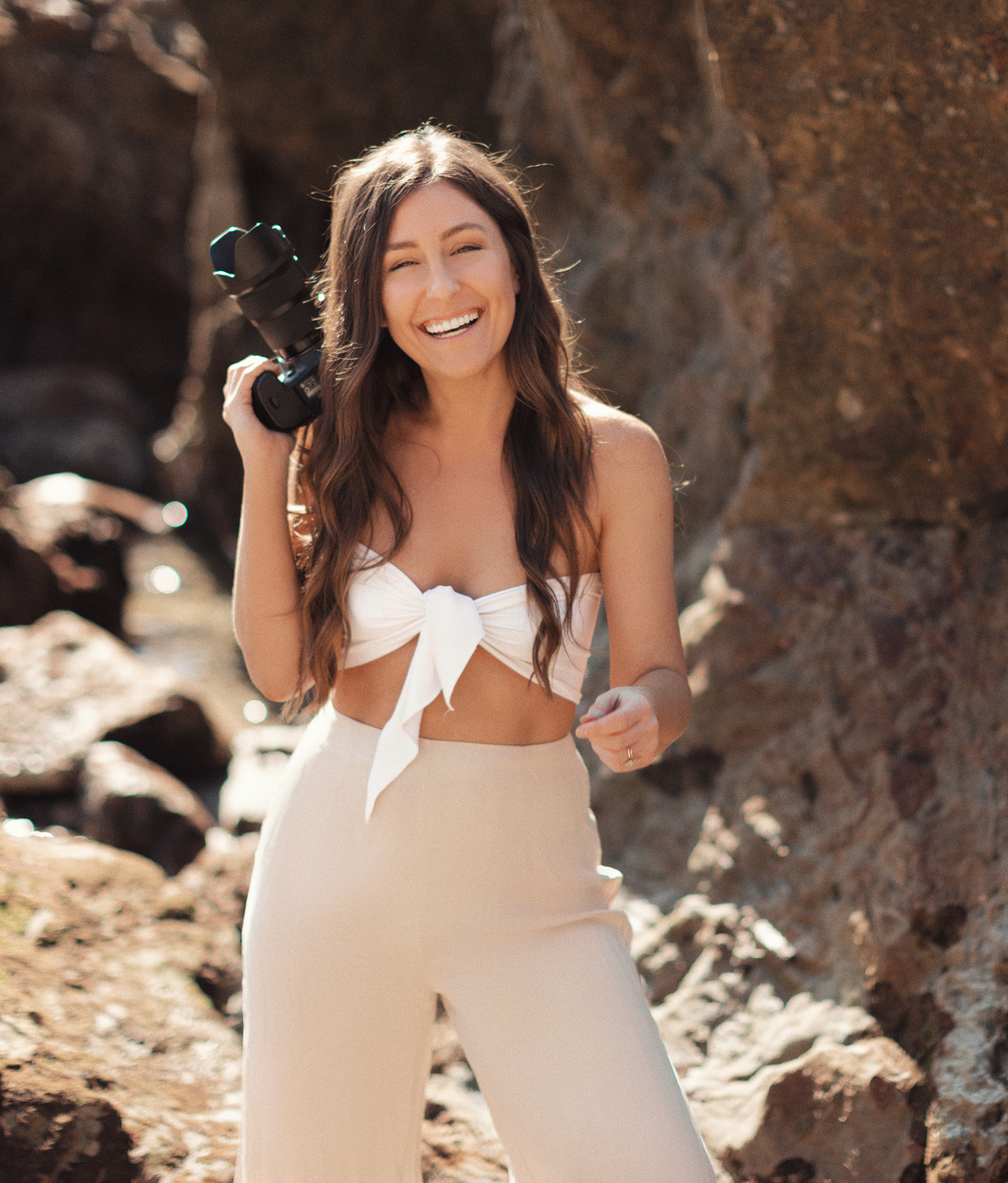



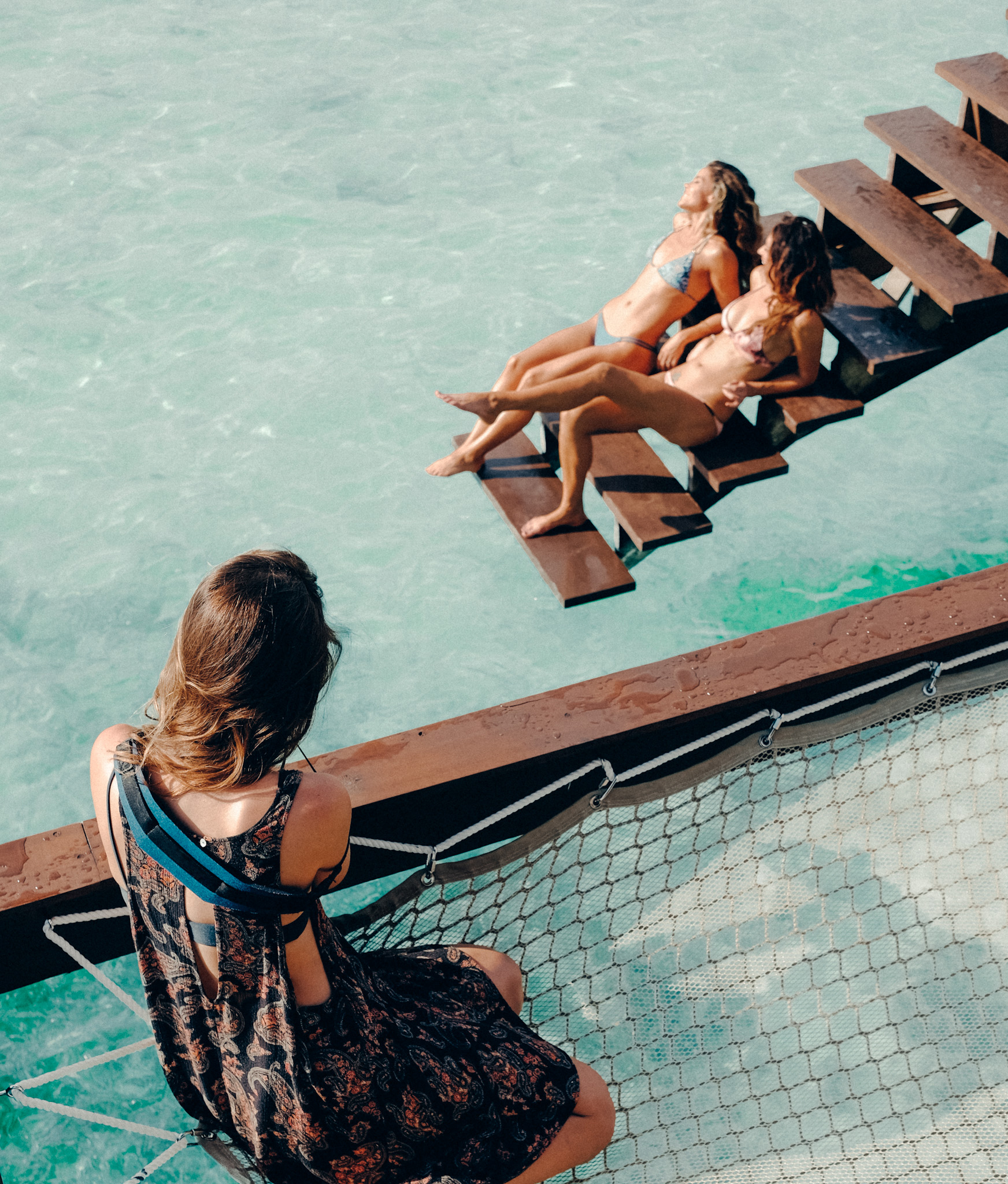
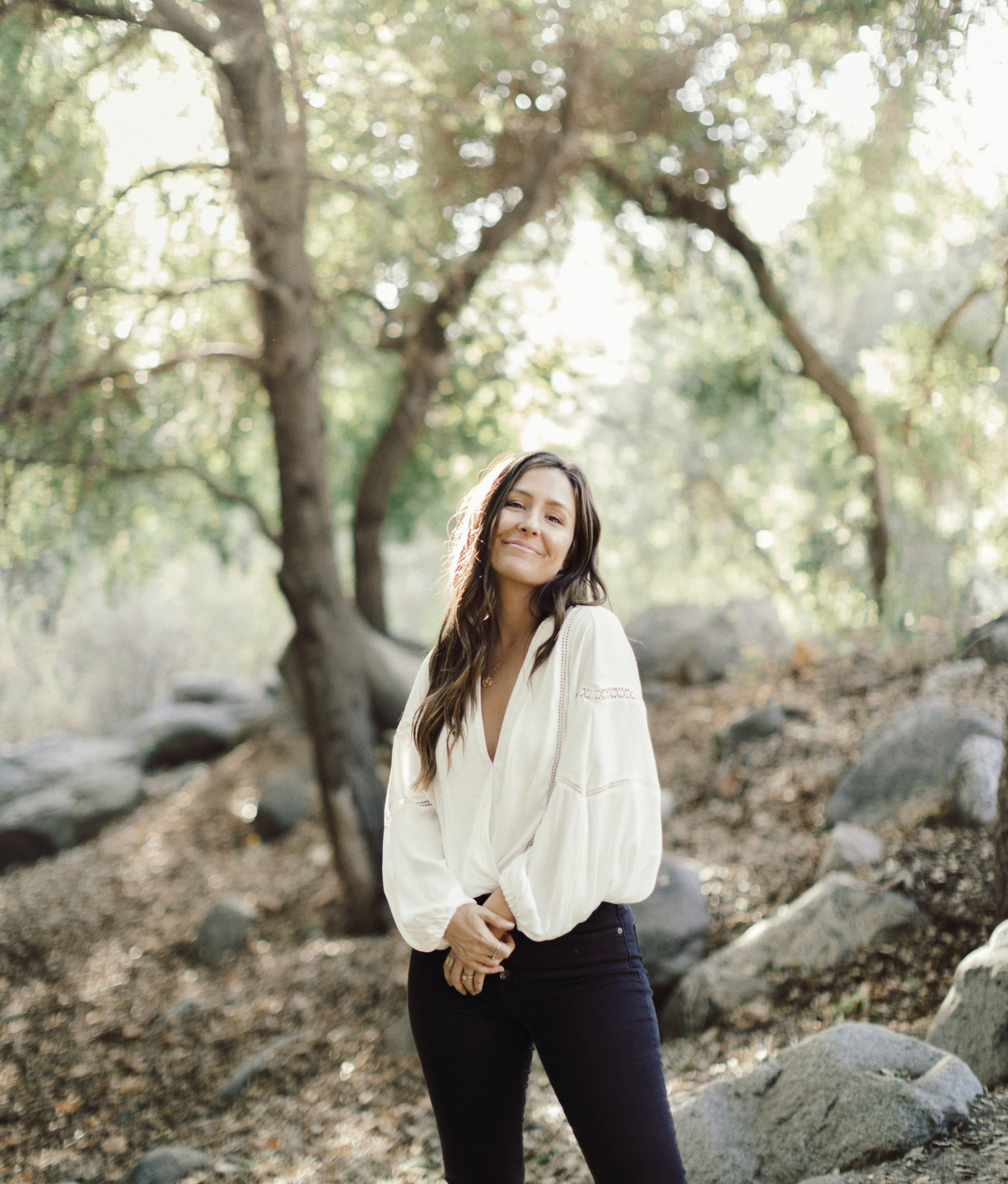

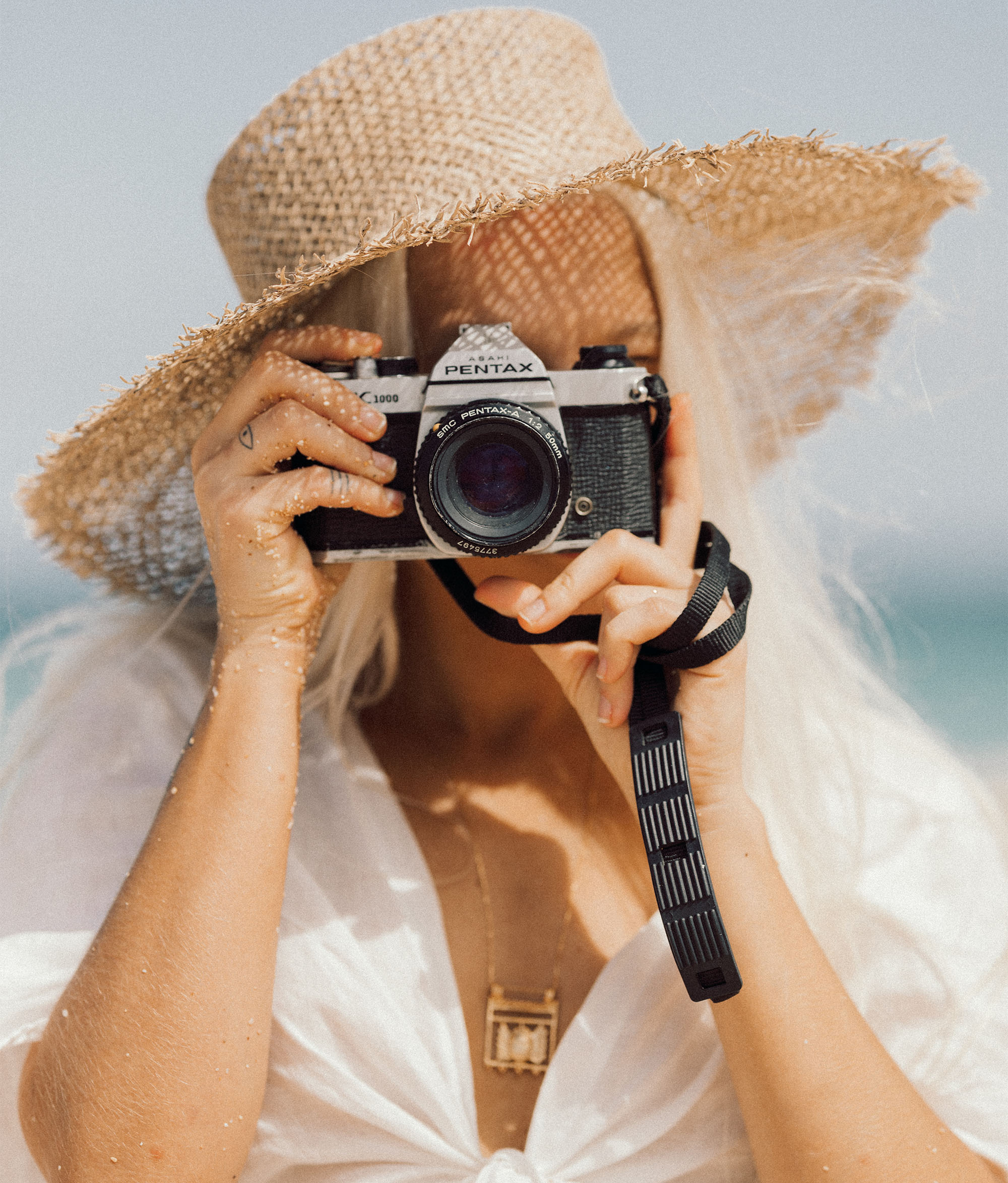

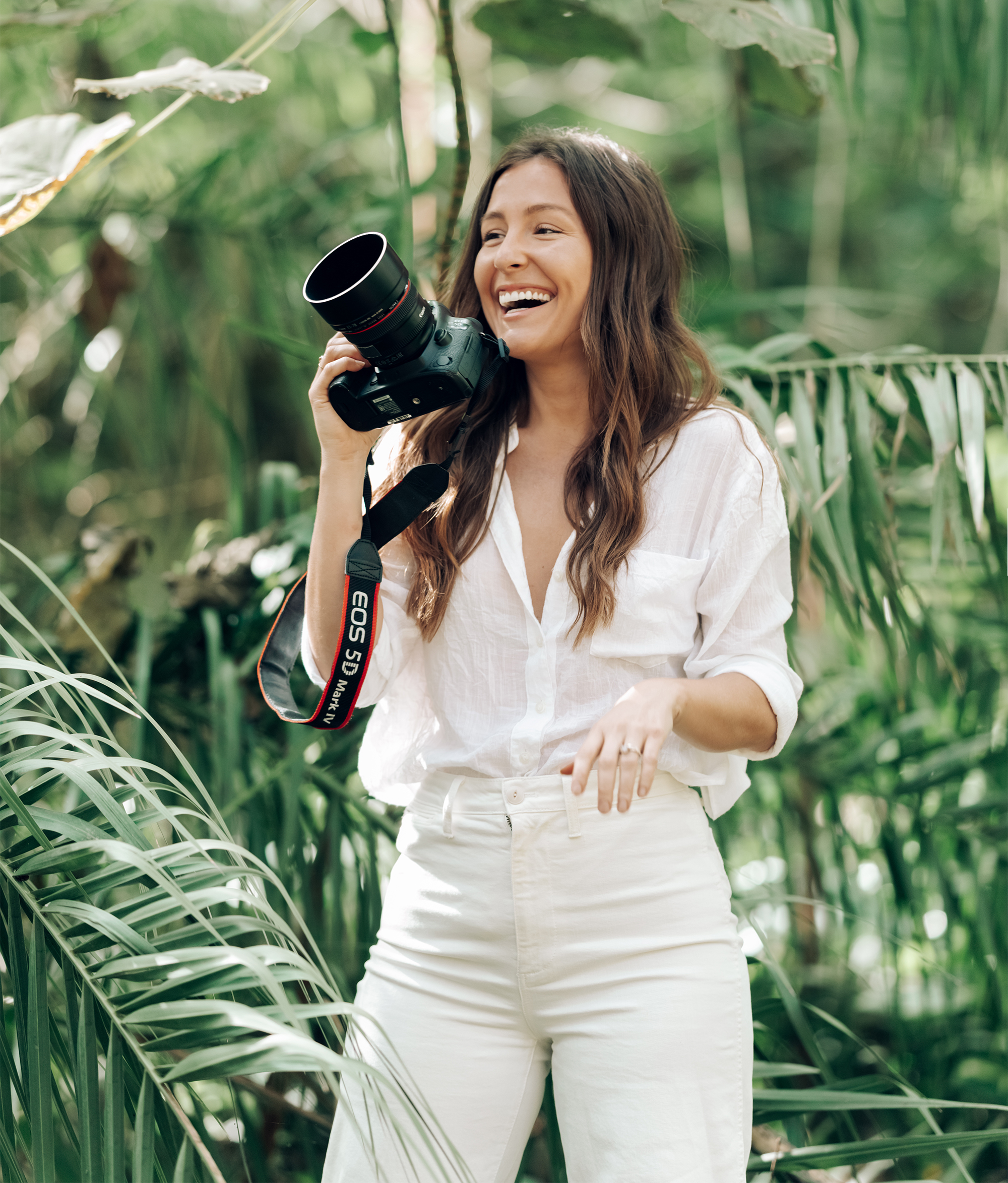
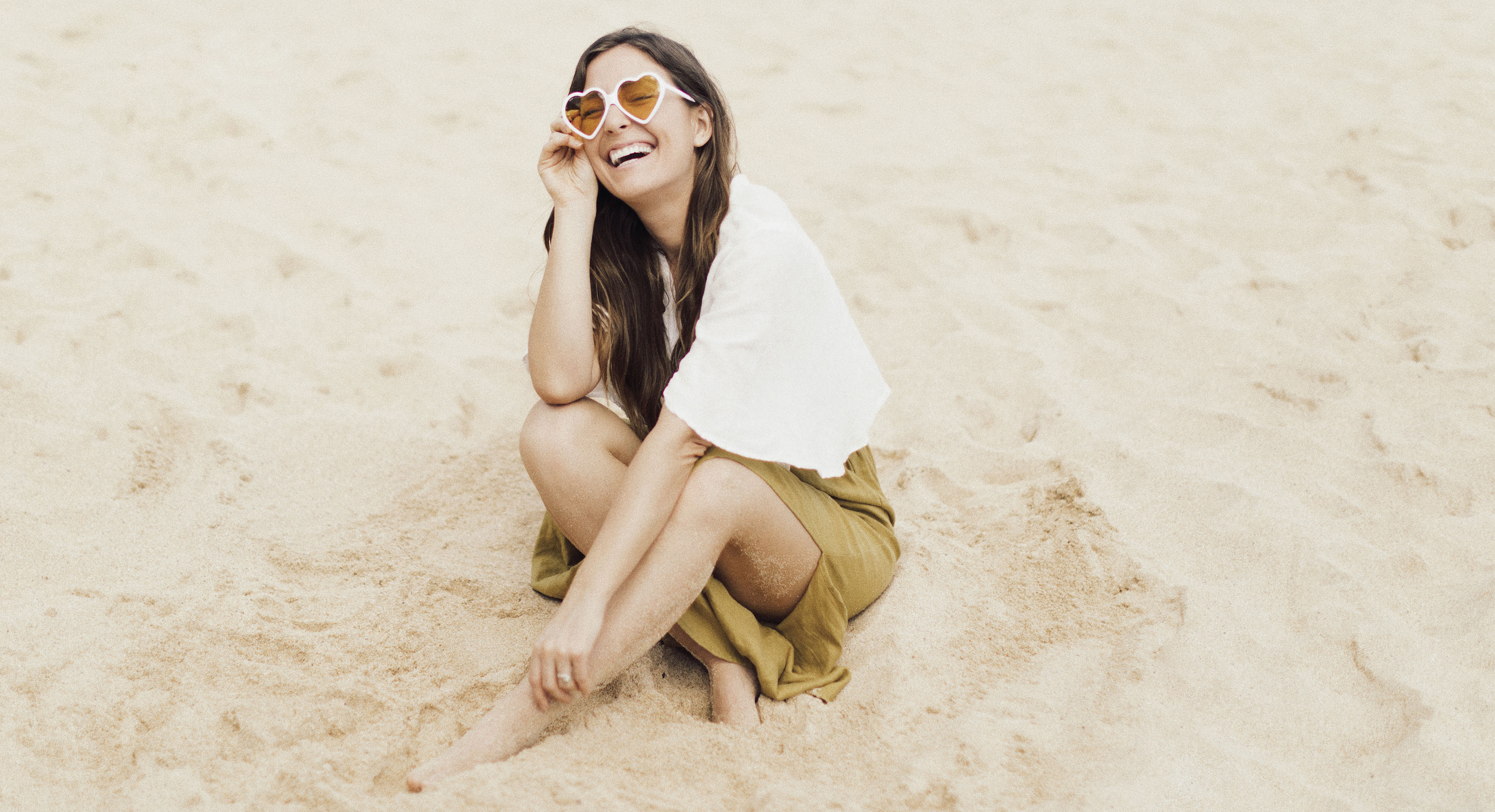
COMMENTS